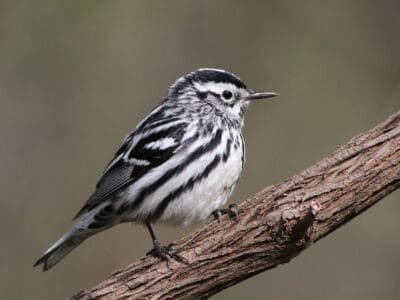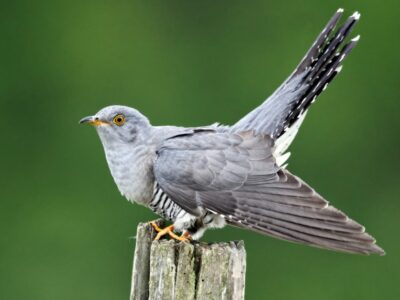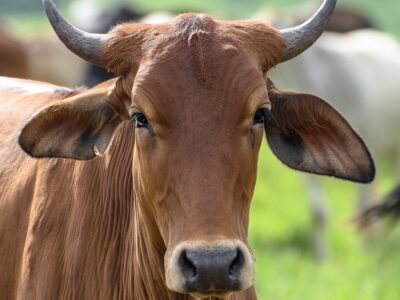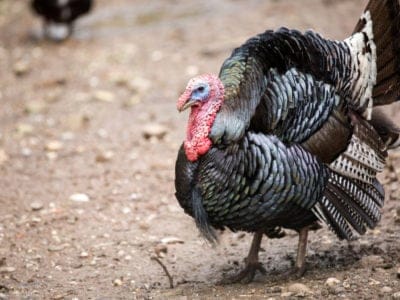Below you can find a complete list of Bahamian animals. We currently track 200 animals in the Bahamas and are adding more every day!
If you are an animal lover, you may want to go to the Bahamas on your next vacation. This stunningly beautiful nation of islands is home to animals found nowhere else on earth. This these include at least 10 bird species, two snake species, several bats, and other animals.
Animals in the Bahamas face unique challenges because of human development causing loss of habitat, farmers killing them to protect their crops, and illegal poaching for tourists. When you go, take precautions to protect the environment so that you do not become part of the problem.
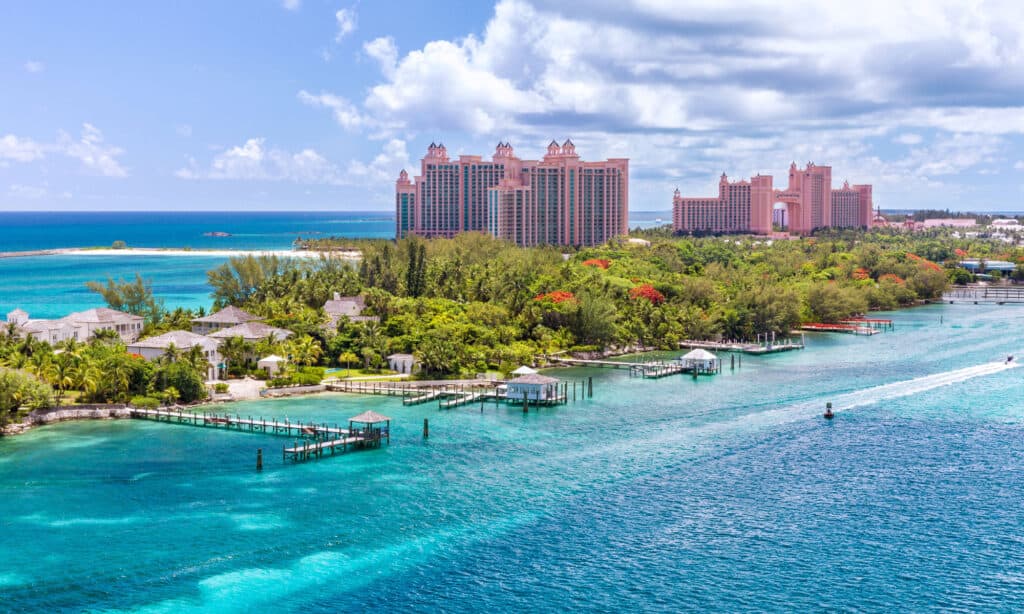
The Bahamas has white sand beaches, turquoise waters, and wildlife that can’t be seen anywhere else.
©iStock.com/poladamonte
The Official National Animal of the Bahamas
The official national animal of the Bahamas is the flamingo. If you want to see flamingos, then head to Inagua Island as about 50,000 flamingos live on this 287-square-mile island. The government has even set up a special guard unit to protect the flamingos and fauna.
The Roseate or West Indian flamingos were once very endangered because they were captured and sold to passing tourists. The tourists did not understand how to care for the birds on their long boat trips. Therefore, they died. The government took actions, including making this the national bird, to protect the animal.
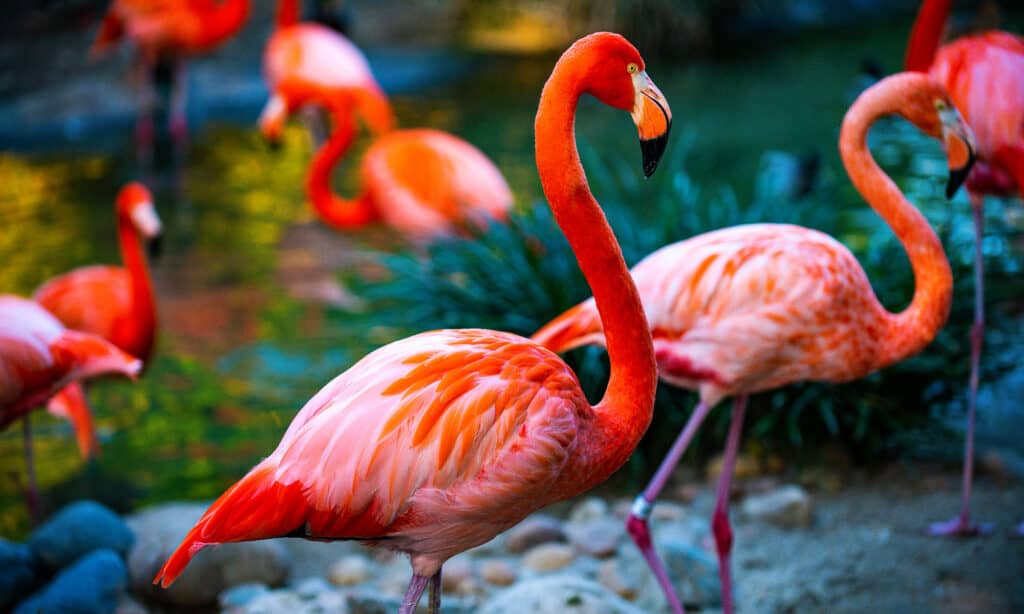
The flamingo is the national animal of the Bahamas.
©Volodymyr TVERDOKHLIB/Shutterstock.com
Where To Find The Top Wild Animals in the Bahamas
Since the Bahamas consists of more than 700 islands, it is vital to develop a plan to see the top wild animals, birds, and snakes in the Bahamas. There are many types of Bahamian wildlife, including birds, to explore. Many tourist attractions have been set up so that you can easily view the most popular wildlife, including bird tours, while other wildlife in the Bahamas, you will have to work harder to see. Atlantic-spotted dolphins can be seen near Bimini in the Bahamas.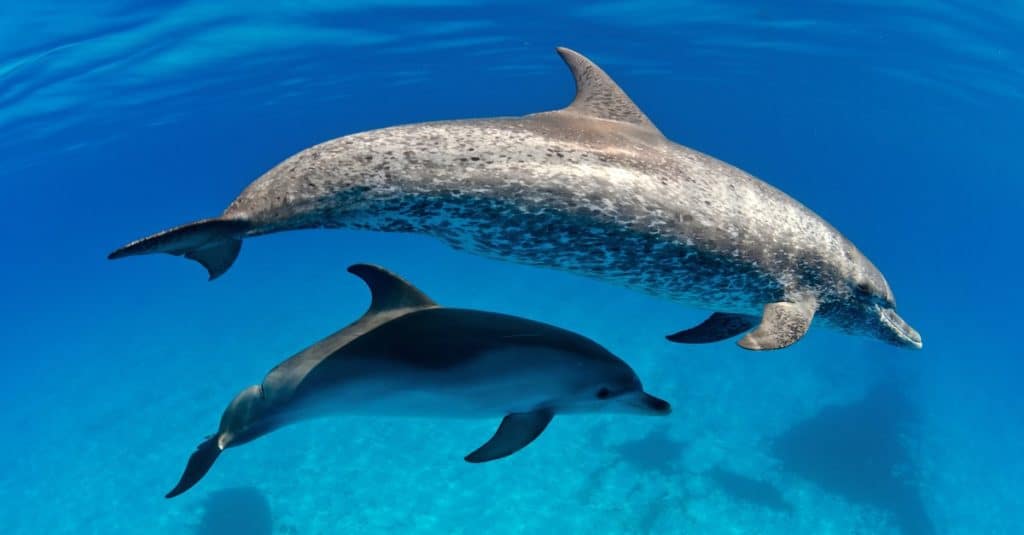
©Joost van Uffelen/Shutterstock.com
- Exumas Pigs – While no one is exactly sure how the Exumas pigs got to the Bahamas, swimming with them on Big Major Cay is a favorite pastime of residents and tourists alike.
- Sandy Cay Rock Iguana – Head to the white sandy beaches of Sandy Cay to see the Sandy Cay rock iguanas.
- Flamingos – Plan a stop at the Lake Rosa salt pans to see flamingos.
- Atlantic spotted and bottlenose dolphins – Try going on a sailing adventure near Bimini, the Bahamas, and you may find yourself surrounded by Atlantic spotted and bottlenose dolphins.
- Eleuthera turtles – Go on a kayaking adventure in Winding Bay near Half Moon to see Eleuthera turtles swimming near your vessel.
- Nurse sharks – Nurse sharks can often be seen at Compass Cay.
- Spider crabs – See spider crabs by visiting the Crab Replenishment Reserve, near Andros, the Bahamas.
- Abaco Parrots – See the white-head Abaco parrots by visiting Abaco and Great Inagua islands.
The Most Dangerous Animals in the Bahamas Today
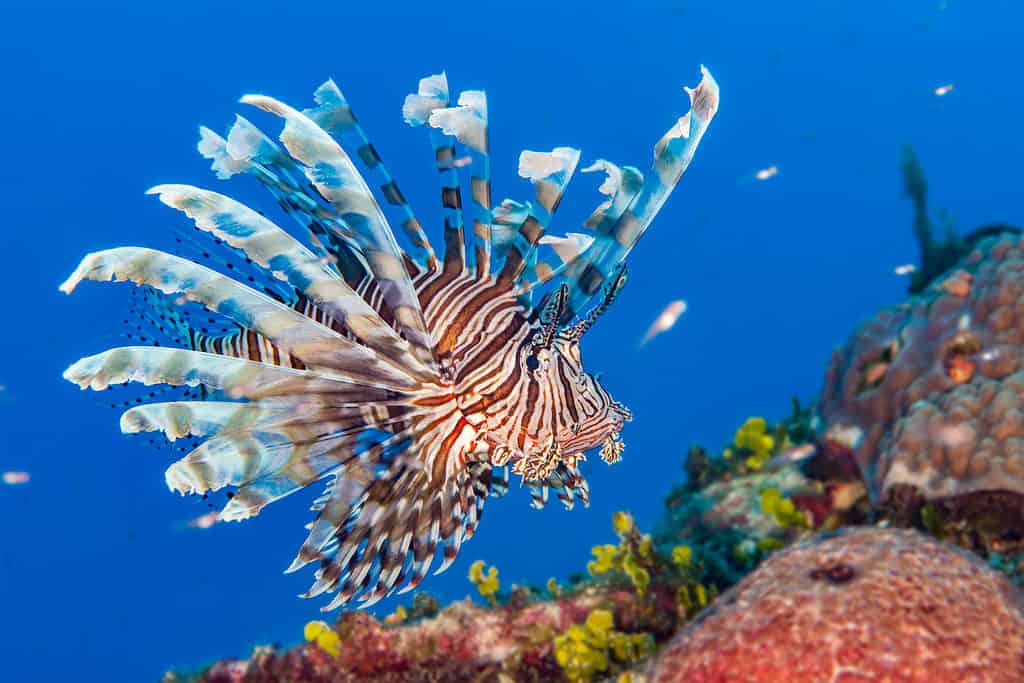
Lionfish fin rays are venomous – so don’t get close!
©bearacreative/Shutterstock.com
While most wild animals in the Bahamas are perfectly safe, there are some animals that you will want to be cautious around including:
- Ticks – There are scattered reports of ticks carrying Lyme disease around Nassau.
- Lionfish – These stunning fish can be seen on snorkeling excursions around the islands – but don’t get too close! Their beautiful plumage of fins contains venomous spines that can cause extreme pain.
- Sharks – Shark attacks are extremely rare in the Bahamas – but you can certainly encounter one on a scuba dive.
- Mosquitoes – Mosquitoes can carry diseases because they can pass along the Zika virus.
Largest Animal in the Bahamas
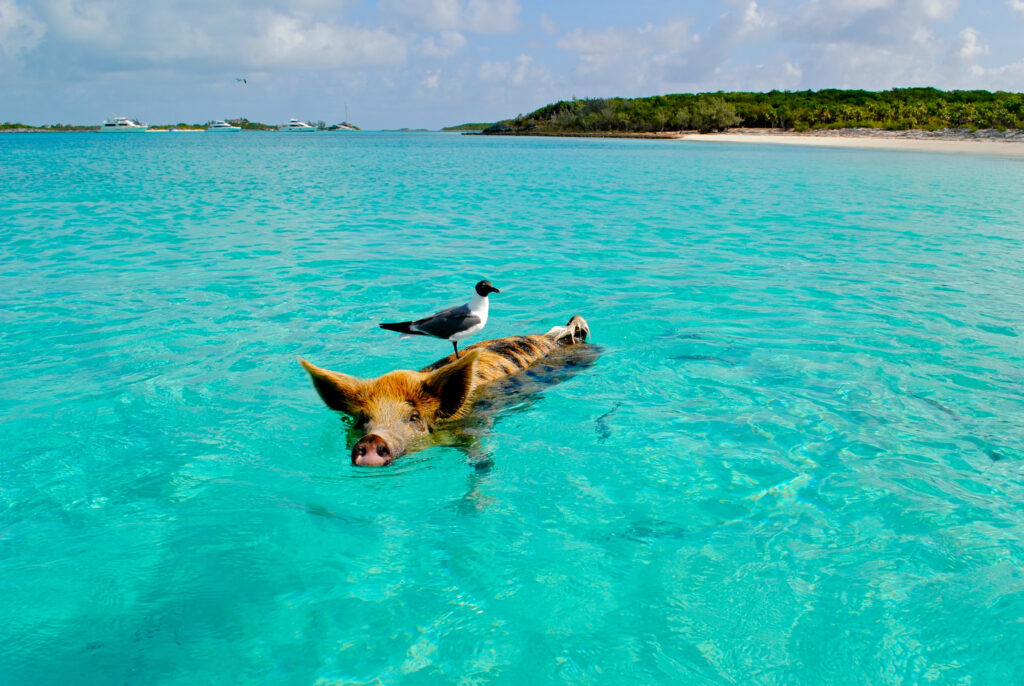
An Exuma pig swimming in coastal waters, carrying a passenger.
©Lisa Belle Larsen/Shutterstock.com
The largest land mammal in the Bahamas isn’t native – but the ever-popular Exumas pigs have certainly made themselves at home! Nobody knows exactly how they arrived on the islands, but they sure have taken to the water. Big Major Cay is their favorite sunny spot where you can join them for a swim and watch them catch rays on the beach.
The swimming pigs are a variety of breeds including Tamworth, Large Black, Berkshire, Landrace, and Large Whites. These breeds thrive in warm climates and are probably escapees meant for jerk pulled pork. Way to be free, pigs!
Rarest Animals in the Bahamas
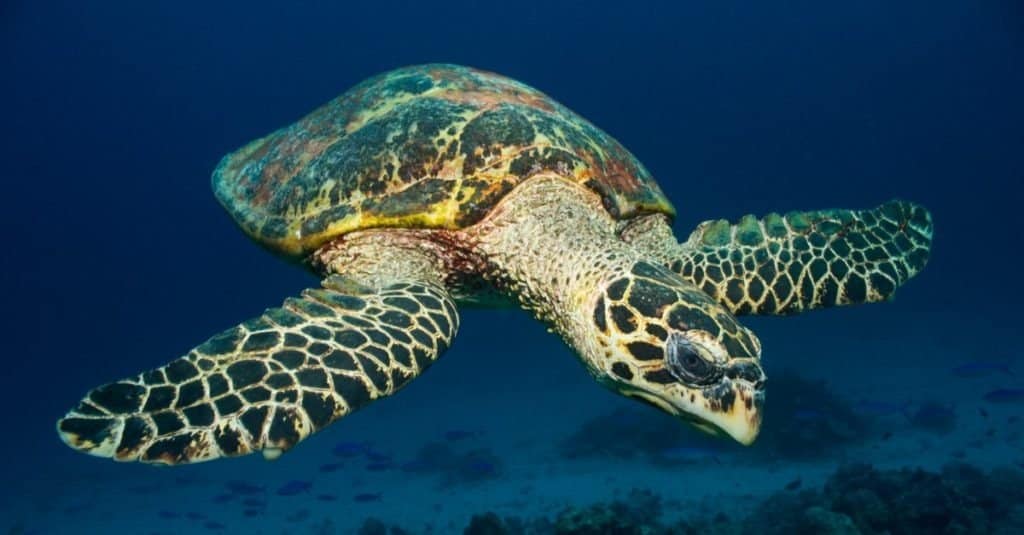
The Hawksbill turtle is one of two critically endangered turtles in the Bahamas.
©John Back/Shutterstock.com
Considered by many to be the most beautiful sea turtle, the hawksbill has been hunted to the point of endangerment but thrives in small numbers in Bahamian waters. These turtles have shells of dark brown, black, and yellow with yellow undersides. They grow to about 3 feet and weigh around 100 pounds by eating their favorite foods: sponges, sea urchins, small fish, and plants.
Death of coral reefs and overhunting has led to this turtle’s critically low numbers.
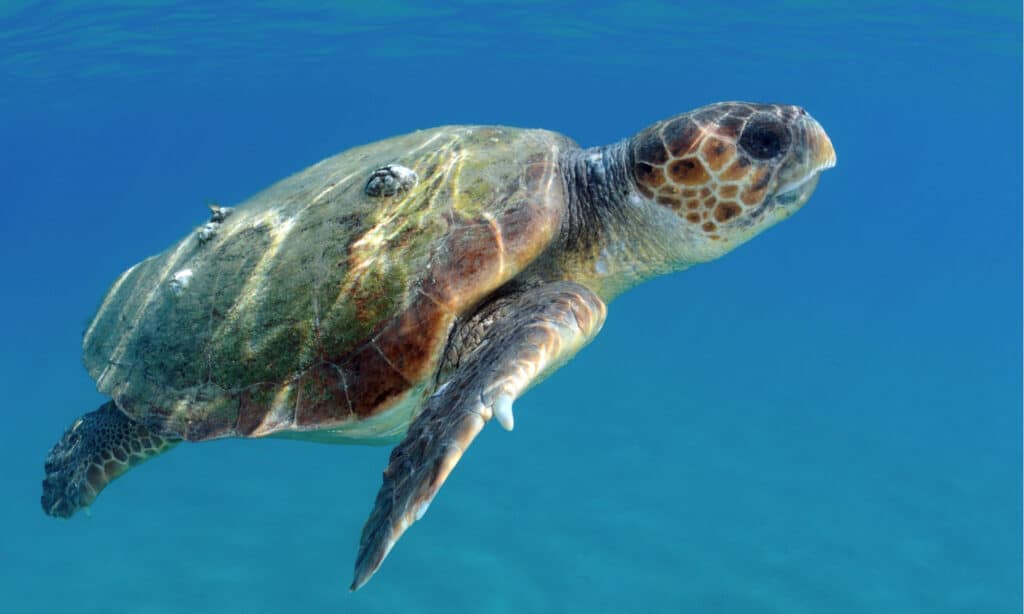
Loggerhead turtles are another endangered turtle that can be seen in the Bahamas.
©Matteo photos/Shutterstock.com
Loggerhead turtles can weigh up to 250 pounds and grow to be more than 3.5 feet long. The tops of their shells are brownish red and are shaped like hearts. These turtles feed on mostly meat – especially small fish, mollusks, jellyfish, and crabs.
The meat of the loggerhead turtle is prized along with their eggs – making them prime targets for poaching.
More Endangered Animals in the Bahamas
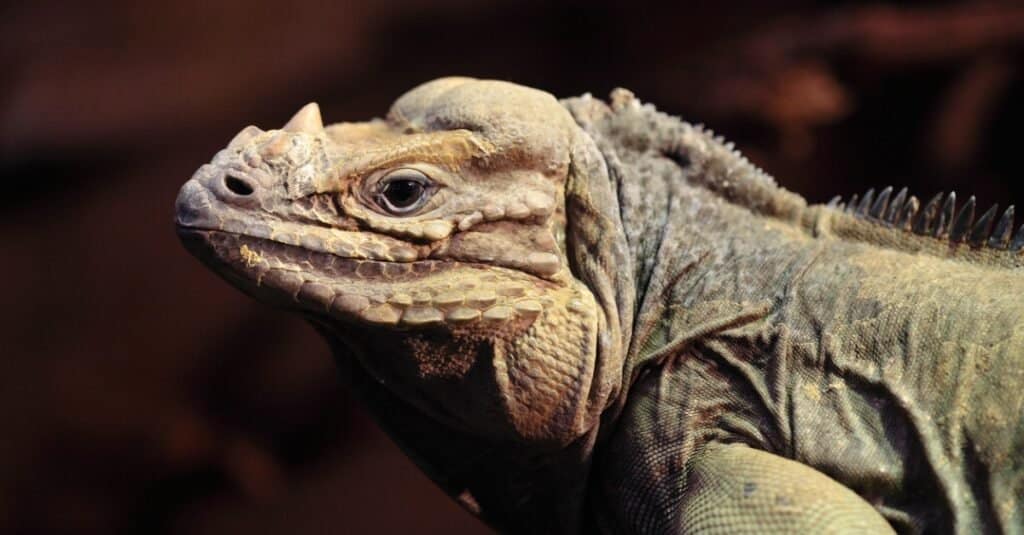
Three species and several subspecies of Cyclura, or Bahamian rock iguana, live on the islands.
©iStock.com/erllre
The Bahamas are home to many types of endangered animals. Some are endangered because people are infringing on their habitat and dividing it into small parcels, which prevents animals from having a large enough gene pool to survive. Others are endangered because farmers take steps to kill them so that they do not ruin their livelihood. Others are endangered because poachers try to catch them and sell them to tourists. Endangered animals include:
- Jamaican Petrel
- Conception bank silver boa
- Roundnose Grenadier
- Bahama nuthatch
- Bahama oriole
- Turks and Caicos rock iguana
- Exuma rock iguana
- Allen Cays rock iguana
- White Cay rock iguana
- San Salvador rock iguana
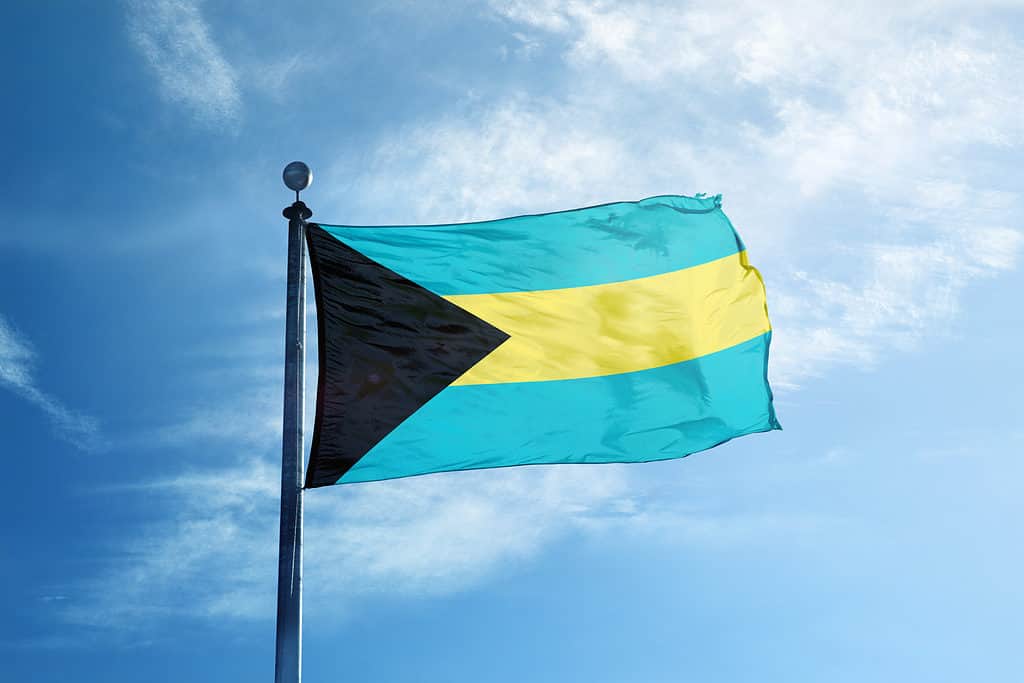
The flag of the Bahamas features the aqua color of the Caribbean.
©Creative Photo Corner/Shutterstock.com
The Flag of the Bahamas
The flag of the Bahamas was chosen through a competition for a new flag after the nation’s independence from the United Kingdom was official in 1973. The powers that be decided to combine several entries to create the new flag.
The two aquamarine stripes represent the water surrounding the islands. The sand and other land resources are represented by the yellow stripe – with the black triangle representing the people and their strength.
Bahamian Animals
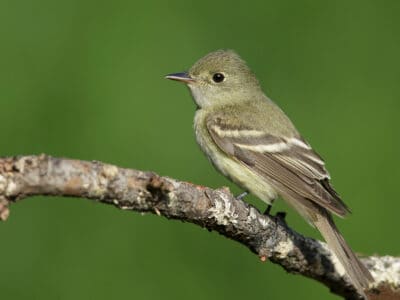
Acadian Flycatcher
Their nests are sloppily held together and have an abandoned appearance
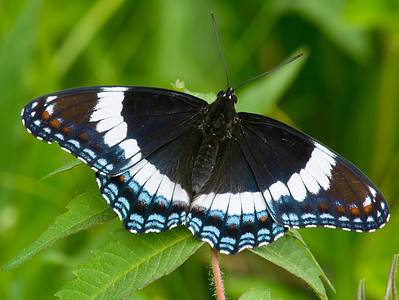
Admiral Butterfly
Stunningly beautiful wings
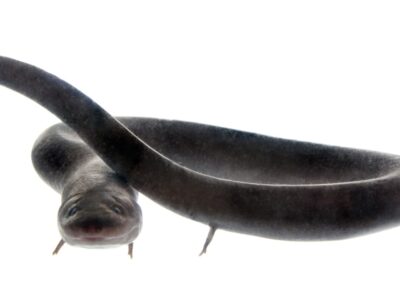
American Eel
Don't eat raw eel! Their blood is poisonous to humans when consumed raw.
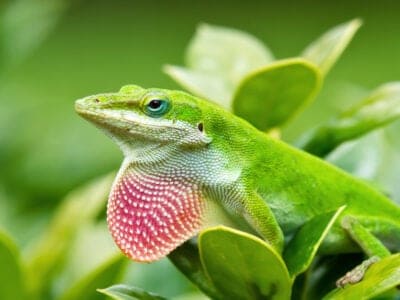
Anole Lizard
There are just under 400 species, several of which change color.
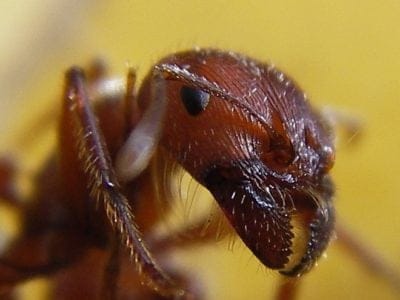
Ant
First evolved 100 million years ago!
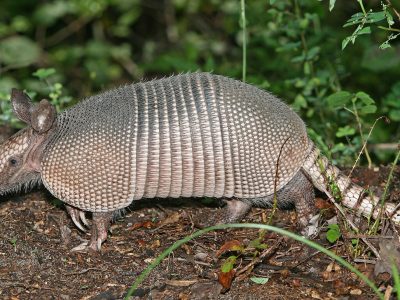
Armadillo
Can curl into a hard, protective ball!
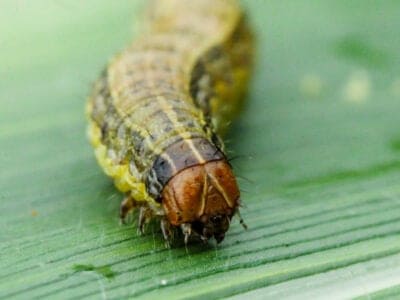
Armyworm
They are so named because they "march" in armies of worms from one crop to another in search of food
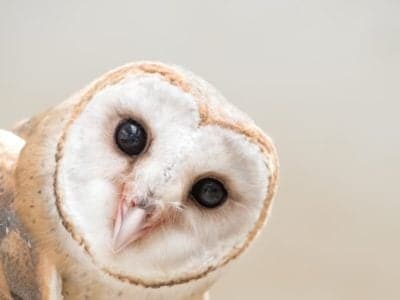
Barn Owl
Found everywhere around the world!
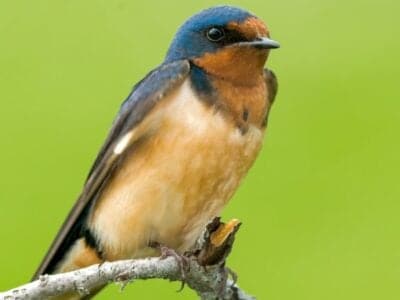
Barn Swallow
Older offspring help care for new hatchlings.
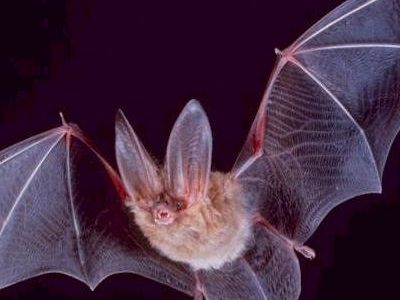
Bat
Detects prey using echolocation!
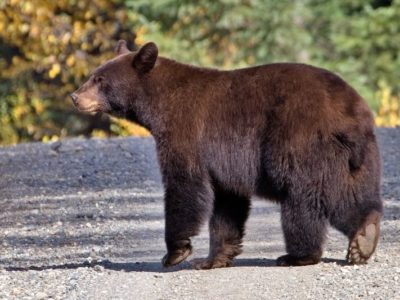
Bear
There are 8 different species!
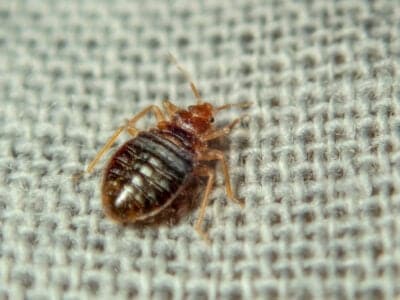
Bed Bugs
Bed bugs feed for 4-12 minutes.
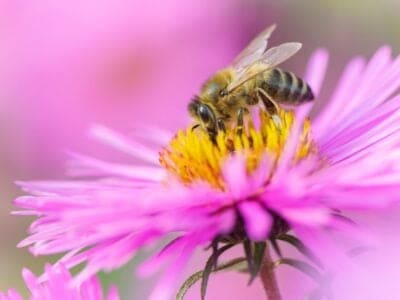
Bee
Rock paintings of bees date back 15,000 years
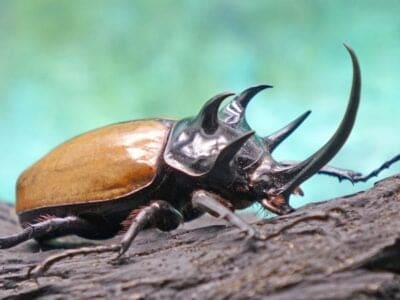
Beetle
There are more than 350,000 different species

Bird
Not all birds are able to fly!
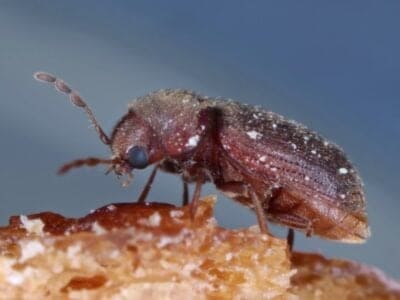
Biscuit Beetle
The biscuit beetle form a symbiotic relationship with yeast
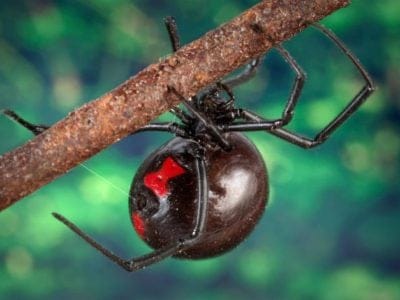
Black Widow Spider
They typically prey on insects!
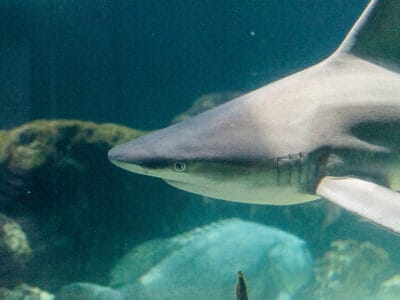
Blacknose Shark
When threatened, Blacknose sharks raise their head, arch their back, and lower their pectoral fins.
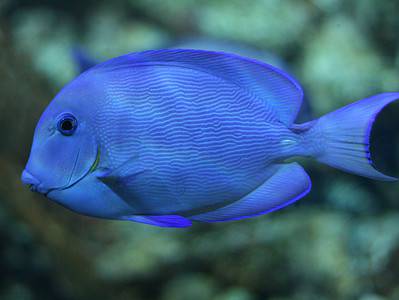
Blue Tang
One of the most colorful members of the genus Acanthurus
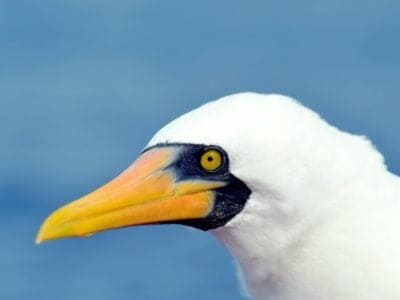
Booby
Seabirds found across the South Pacific!
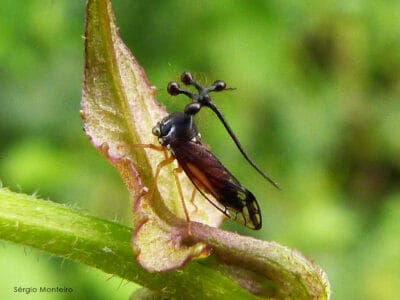
Brazilian Treehopper
“Mild-Mannered Minimonsters”
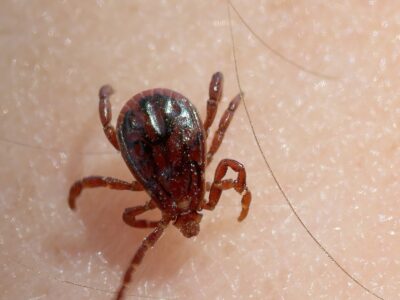
Brown Dog Tick
Can live its entire life indoors
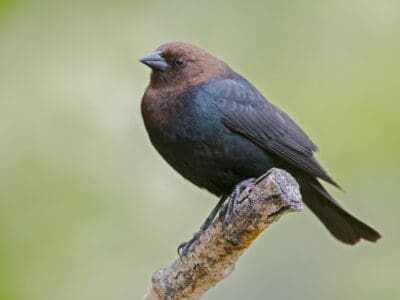
Brown Headed Cowbird
Males are generally monogamous during mating season and will protect the female from other males. However, females tend to venture from their partners and mate with other males.
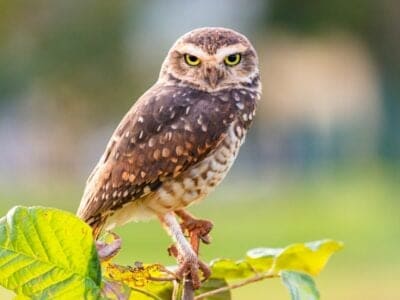
Burrowing Owl
The burrowing owl lives in underground burrows
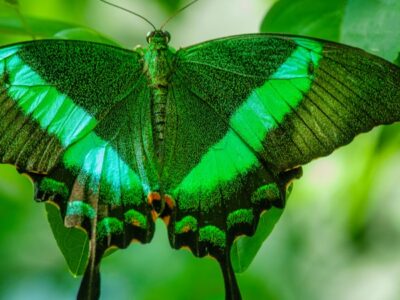
Butterfly
There are thought to be up 17,500 species!
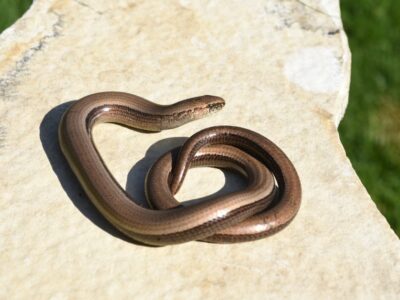
Caecilian
Some species' babies use their hooked or scraper-like teeth to peel off and eat their mother's skin
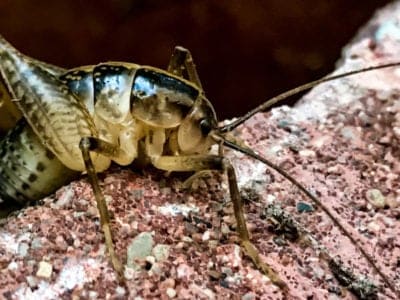
Camel Cricket
The camel crickets that are found in the USA are light brown in color. They also have dark streaks all over their body.
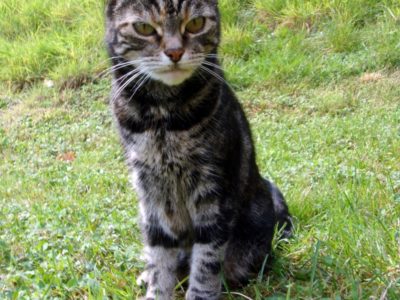
Cat
May have been domesticated up to 10,000 years ago.
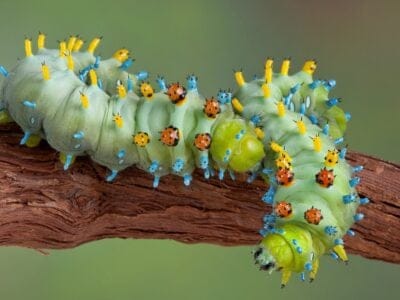
Caterpillar
The larvae of a moth or butterfly!
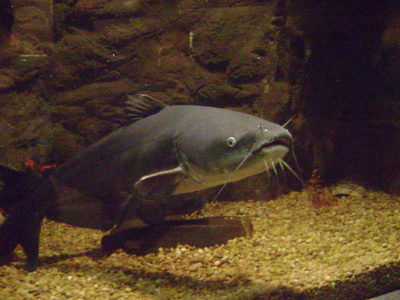
Catfish
There are nearly 3,000 different species!
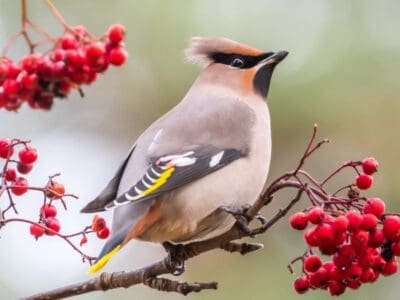
Cedar Waxwing
Their feathers have red, waxy tips that can be hard to identify unless you’re up close.
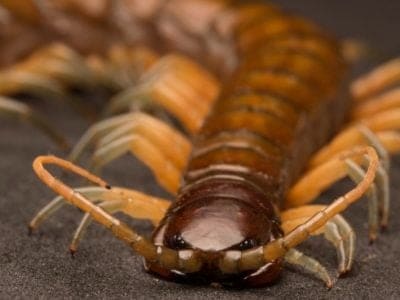
Centipede
There are about 3,000 documented species!
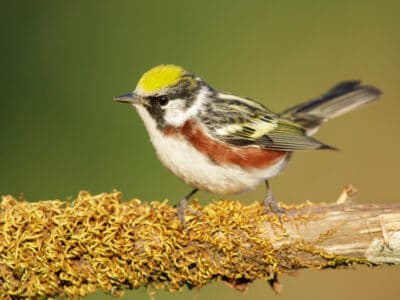
Chestnut-Sided Warbler
They inhabit regrowing forests
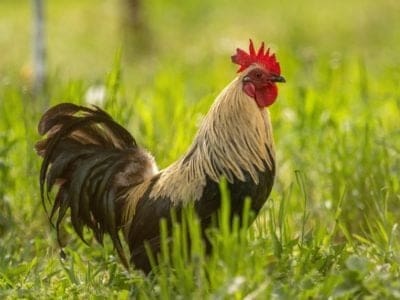
Chicken
First domesticated more than 10,000 years ago!
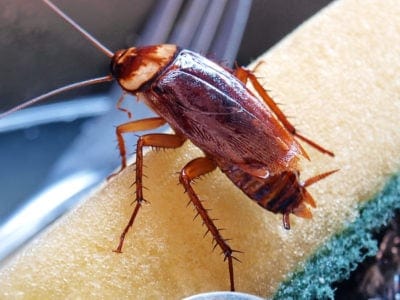
Cockroach
Dated to be around 300 million years old!
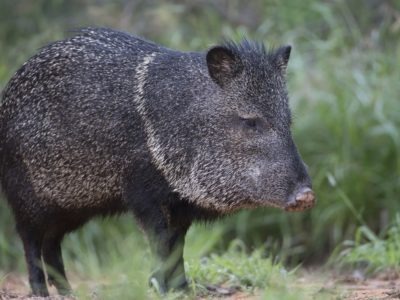
Collared Peccary
Form bands of up to 12 individuals!
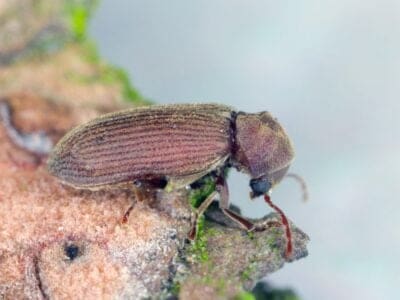
Common Furniture Beetle
The common furniture beetle feeds exclusively on wood
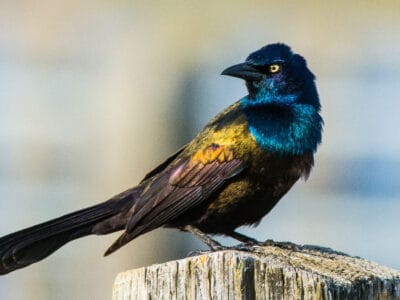
Common Grackle
Common grackles are a pest species that damage crops and spread disease.
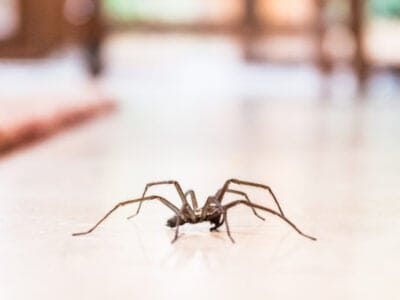
Common House Spider
House spiders have the ability to eat most insects in a home.
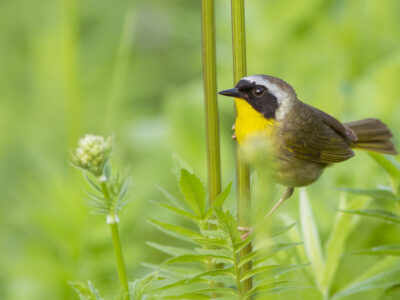
Common Yellowthroat
The Common Yellowthroat stays close to the ground and uses stealth to survive!
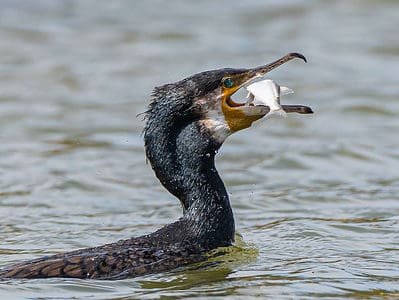
Cormorant
They can fly 35 mph and dive 150 feet below water.
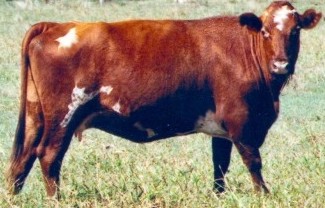
Cow
There are nearly 1.5 billion worldwide!

Crab
There are 93 different crab groups
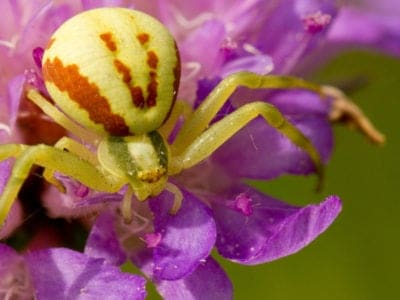
Crab Spider
Crab Spiders can mimic ants or bird droppings
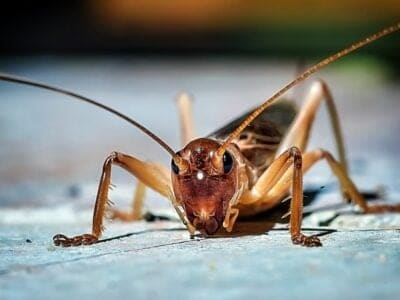
Cricket
Male crickets can produce sounds by rubbing their wings together
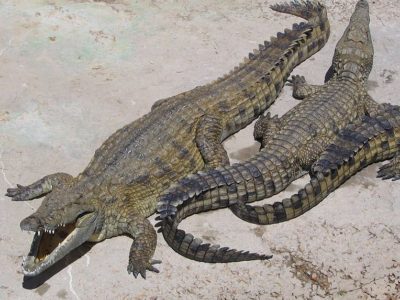
Crocodile
Have changed little in 200 million years!
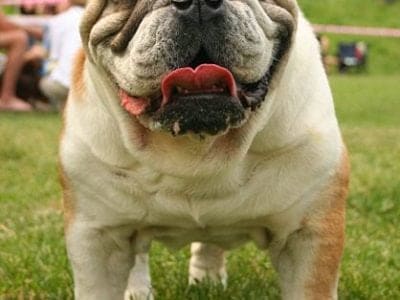
Dog
First domesticated in South-East Asia!
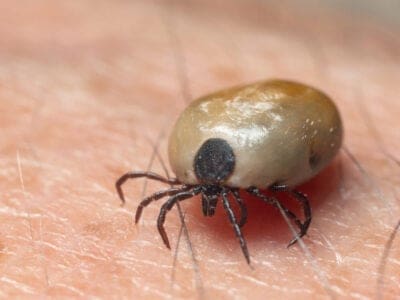
Dog Tick
Dog ticks feed on dogs and other mammals
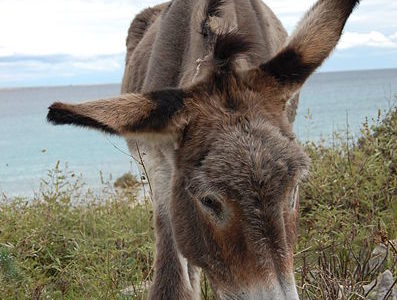
Donkey
First domesticated 5,000 years ago!
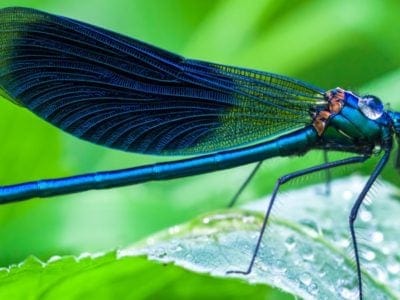
Dragonfly
It's larvae are carnivorous!
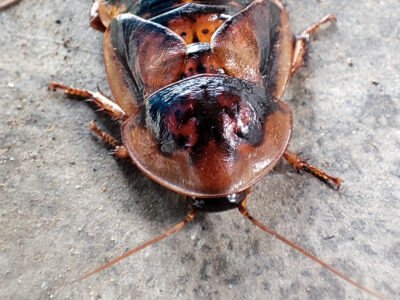
Dubia Cockroach
The most popular species of feeder roach
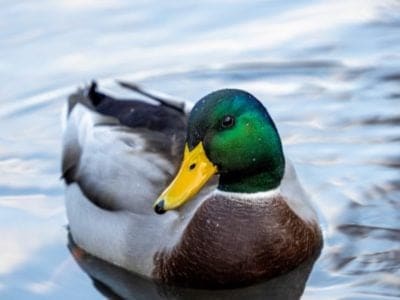
Duck
Rows of tiny plates line their teeth!
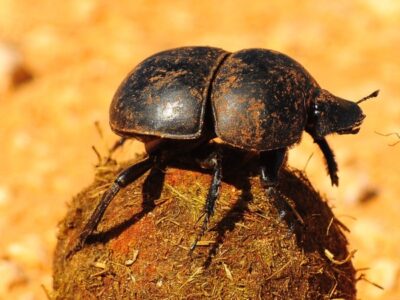
Dung Beetle
The dung beetle can push objects many times its own weight
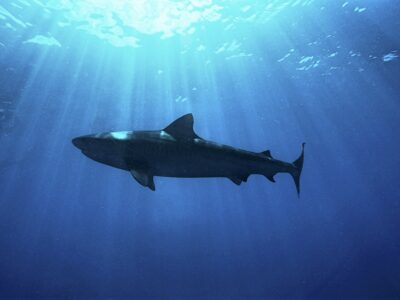
Dusky Shark
The Dusky Shark sometimes eats trash discarded by humans.
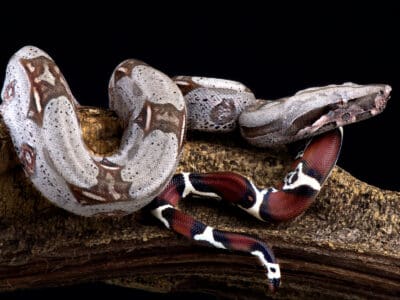
Dwarf Boa
Some species can change color from dark to light, and back again.
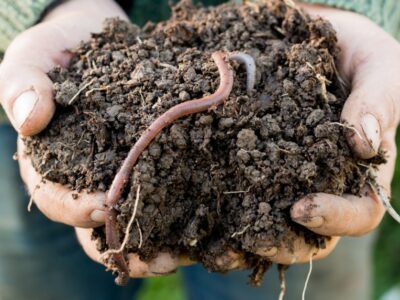
Earthworm
They are hermaphrodites, which means they have male and female organs
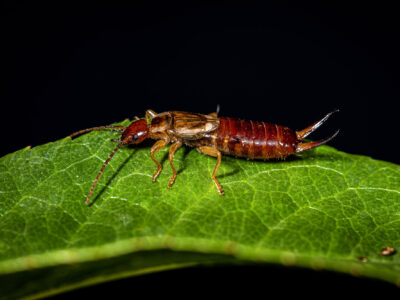
Earwig
There are nearly 2,000 different species!
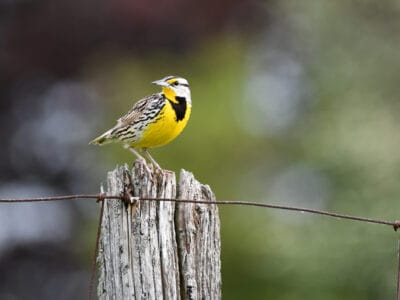
Eastern Meadowlark
They can live up to 9 years.

Eel
Eels can be a mere few inches long to 13 feet!
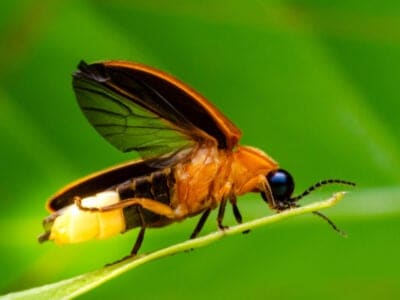
Firefly
The firefly produces some of the most efficient light in the world
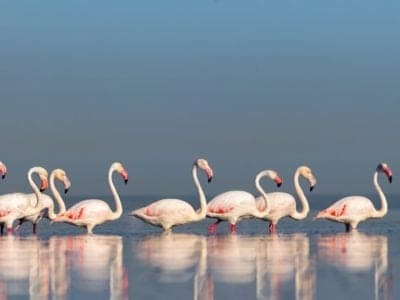
Flamingo
Sleeps on just one leg!

Flea
Adult fleas can jump up to 7 inches in the air

Fly
There are more than 240,000 different species!
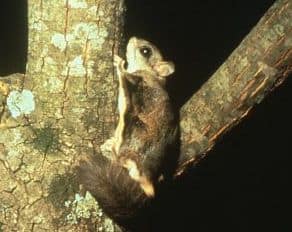
Flying Squirrel
Can glide up to 90 meters!
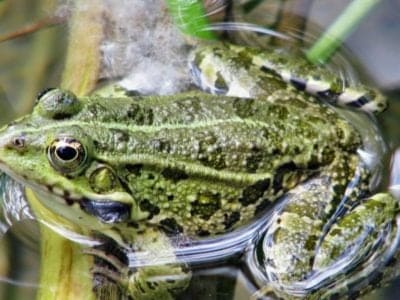
Frog
There are around 7,000 different species!
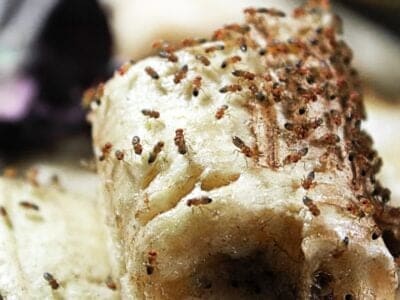
Fruit Fly
Fruit flies are among the most common research animals in the world
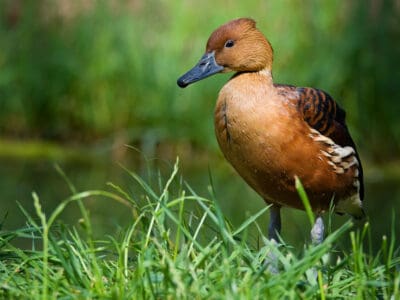
Fulvous Whistling Duck
They build a ramp from their nest, which leads to a nearby water source
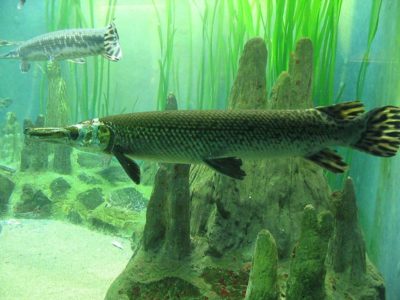
Gar
Can grow to more than 3m long!
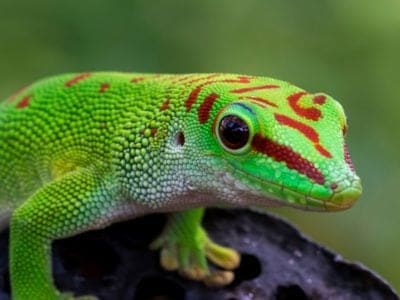
Gecko
There are thought to be over 2,000 species!
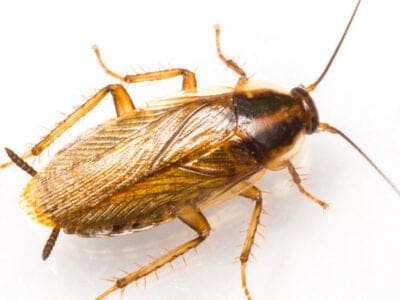
German Cockroach
The most common type of urban roach
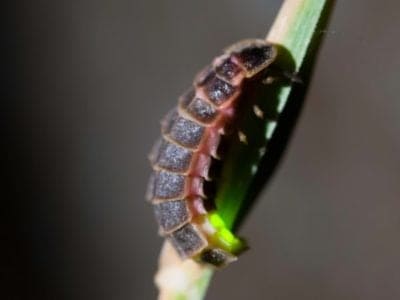
Glowworm
Found inhabiting dense woodland and caves!
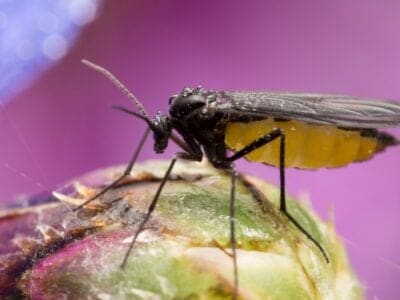
Gnat
Males form large mating swarms at dusk
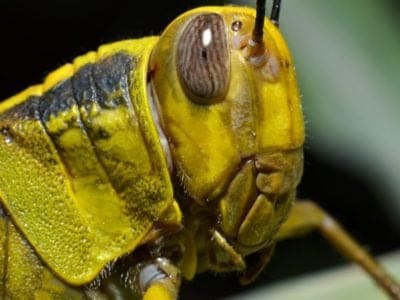
Grasshopper
There are 11,000 known species!
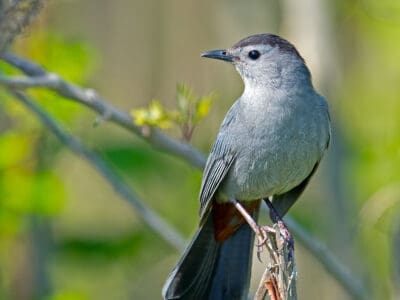
Gray Catbird
Their songs have cat-like qualities and can mimic other birds and animals, like tree frogs.
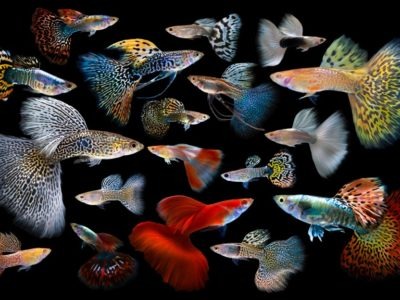
Guppy
Also known as the Millionfish!
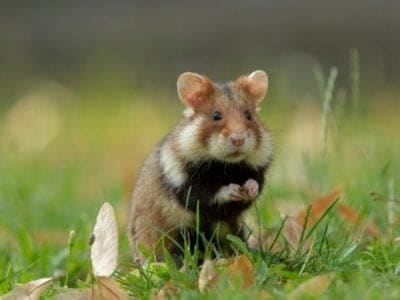
Hamster
Able to run as quickly backwards as forwards!
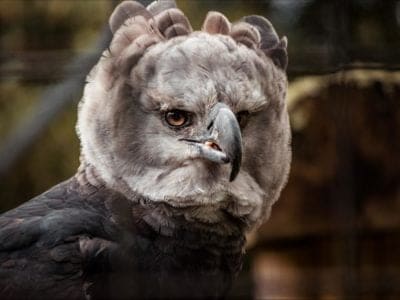
Harpy Eagle
Talon's the size of a grizzly bear's claws!
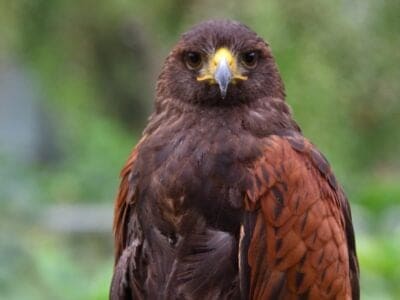
Harris’s Hawk
Their vision is eight times better than a human's
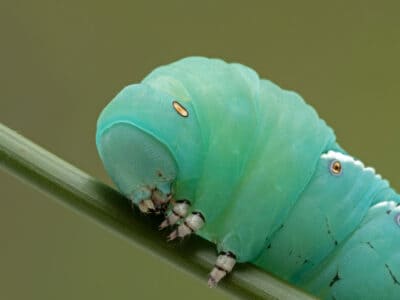
Hawk Moth Caterpillar
Many hawk moth caterpillars eat toxins from plants, but don’t sequester them the way milkweed butterflies do. Most toxins are excreted.
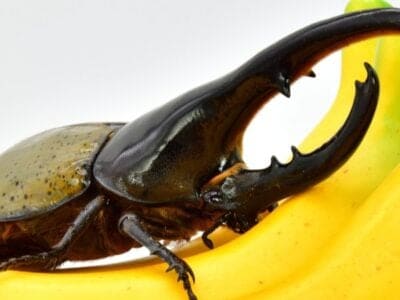
Hercules Beetle
This dynastine scarab beetle makes a weird huffing sound when it’s disturbed.
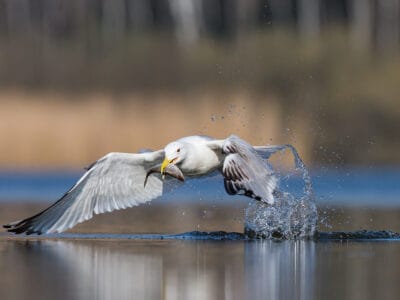
Herring Gull
They are loud, spirited birds with raucous cries that sound like bursts of laughter.
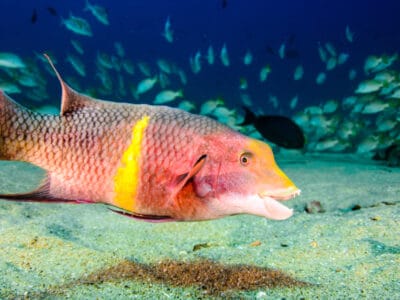
Hogfish
Hogfish can change their sex from female to male
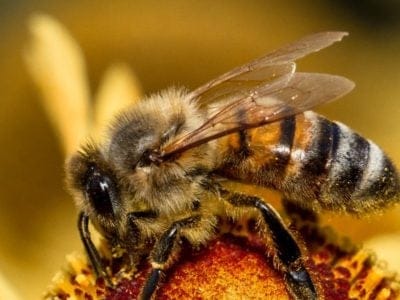
Honey Bee
There are only 8 recognized species!
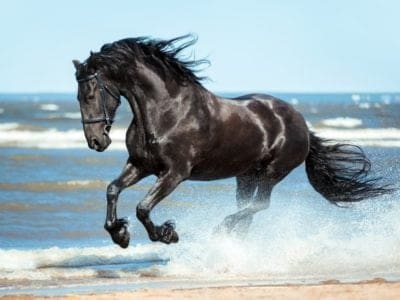
Horse
Has evolved over 50 million years!
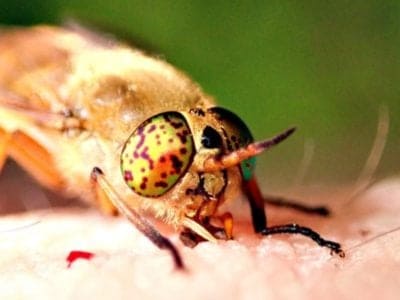
Horsefly
Horseflies have been seen performing Immelmann turns, much like fighter jets.
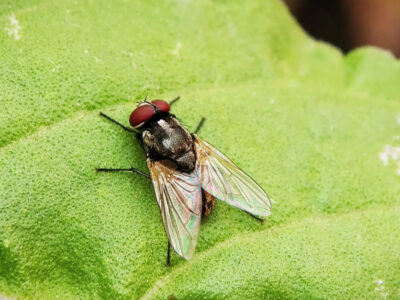
Housefly
The fly has no teeth
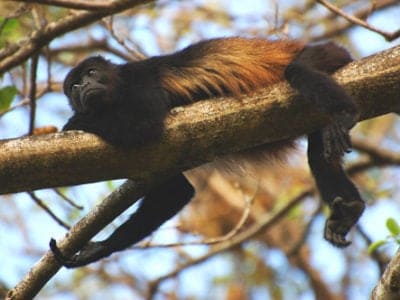
Howler Monkey
Spends 80% of it's time resting!

Human
Thought to have orignated 200,000 years ago!
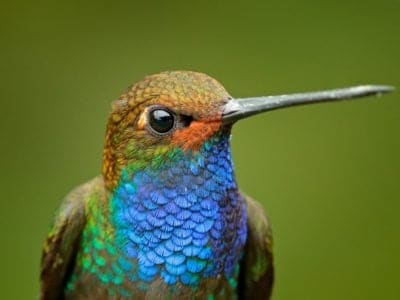
Hummingbird
Beat their wings up to 80 times per second!
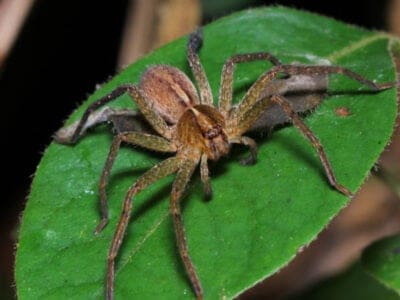
Huntsman Spider
Some huntsman spiders have an interesting way of moving around. Some cartwheel while others do handsprings or backflips.
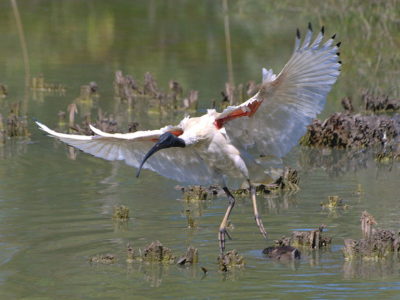
Ibis
Found in swamps, marshes and wetlands!
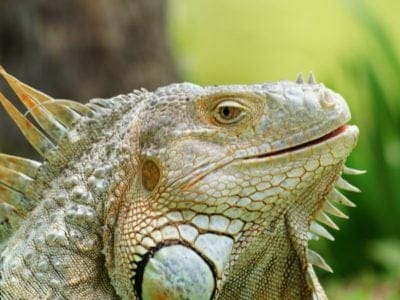
Iguana
Uses visual signals to communicate!

Insects
There are an estimated 30 million species!
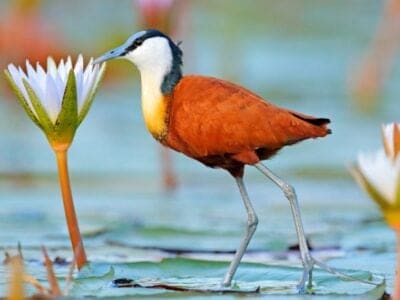
Jacana
The jacana has the ability to swim underwater
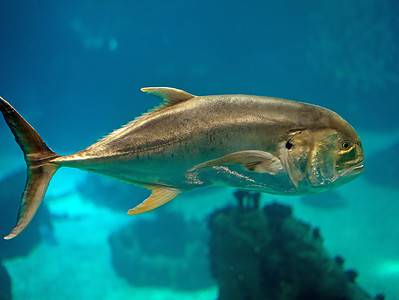
Jack Crevalle
One of the biggest species in the Caranx genus
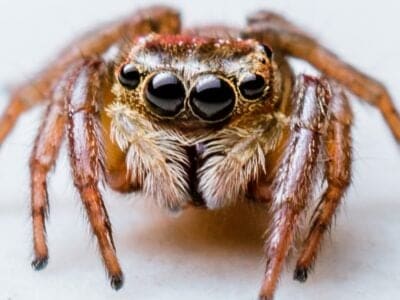
Jumping Spider
Some can jump 50 times the length of their bodies
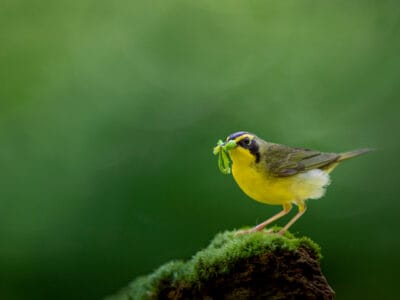
Kentucky Warbler
The Kentucky Warbler appears to wear bright yellow cat-eye glasses!
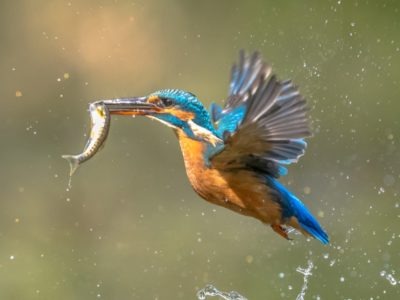
Kingfisher
Inhabits wetlands and woodlands worldwide!
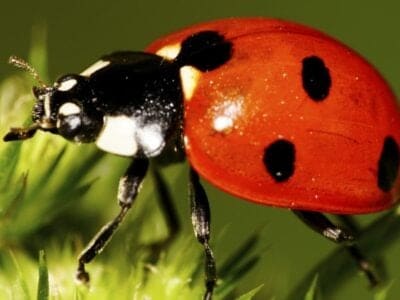
Ladybug
There are more than 5,000 species worldwide!
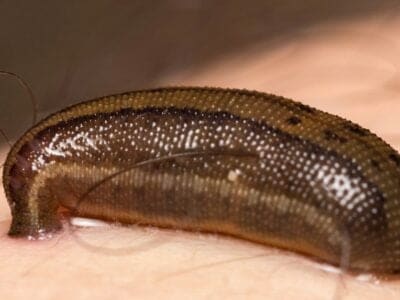
Leech
Has 10 pairs of eyes!
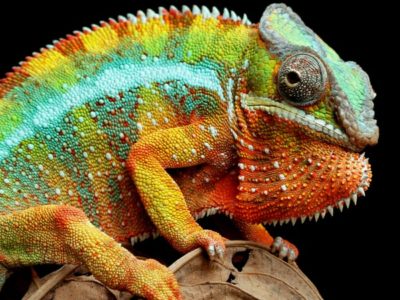
Lizard
There are around 5,000 different species!
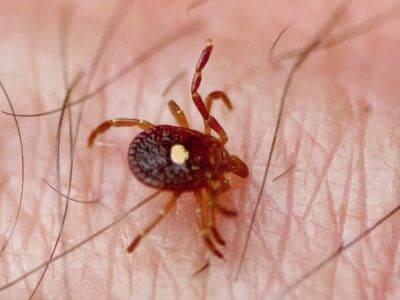
Lone Star Tick
Only females have the ‘lone star’ marking
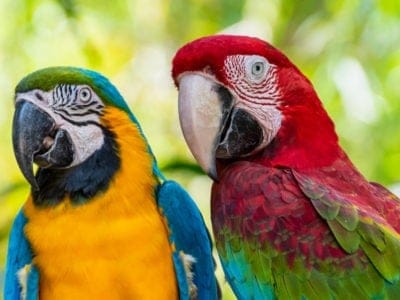
Macaw
The largest species of parrot in the world!
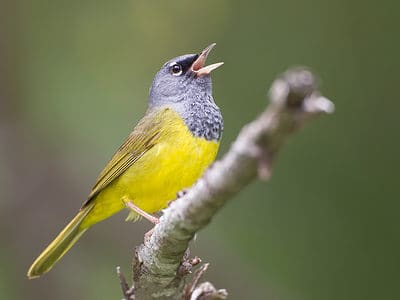
MacGillivray’s Warbler
The complicated story of how MacGillivray’s Warblers got their name involves three ornithologists, a physician and a compromise.
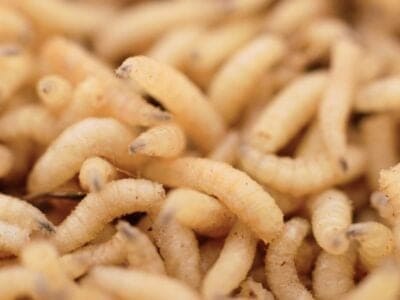
Maggot
Will only live in wet areas
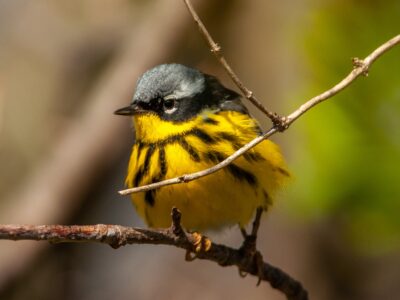
Magnolia Warbler
They line their nests with fungi strands
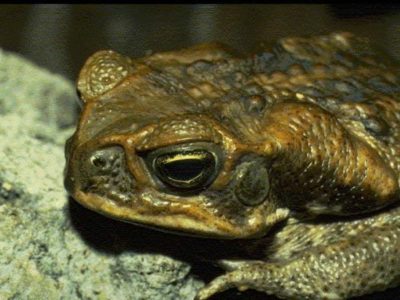
Marine Toad
Produces a toxin used in arrow darts!
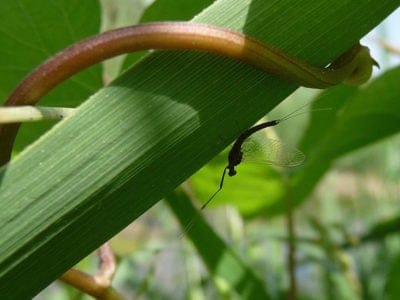
Mayfly
There are 2,500 known species worldwide!

Mealybug
They have a symbiotic relationship with ants.
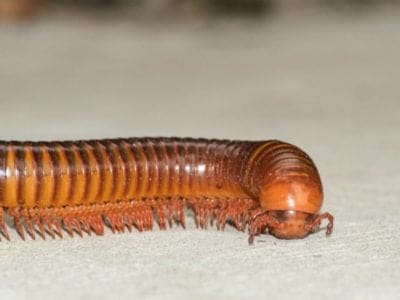
Millipede
Some species have a poisonous bite!
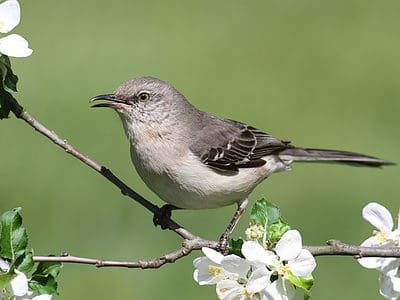
Mockingbird
Mockingbirds are incredible mimics that can learn hundreds of songs!
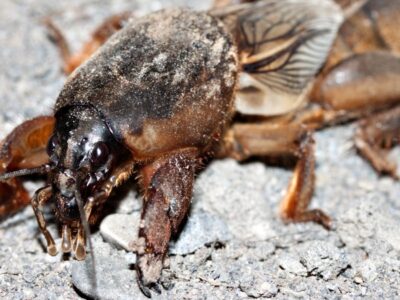
Mole Cricket
Adult Mole crickets may fly as far as 5 miles during mating season and are active most of the year.
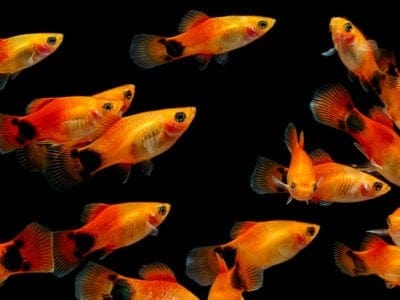
Molly
Known for their calm and peaceful nature!
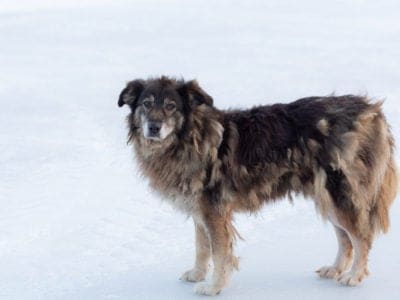
Mongrel
Has characteristics of two or more breeds!
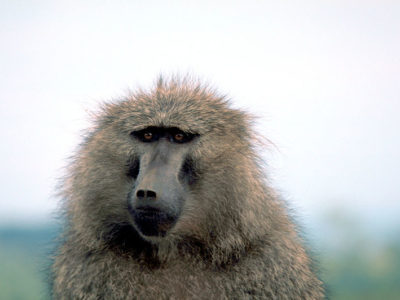
Monkey
There are around 260 known species!
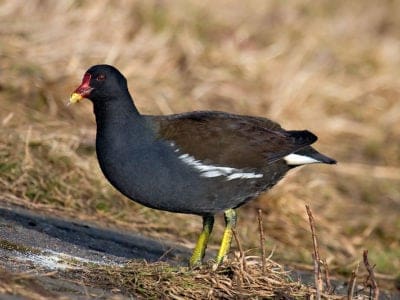
Moorhen
Feeds on aquatic insects and water-spiders!
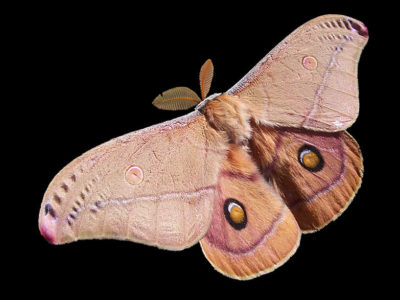
Moth
There are 250,000 different species!
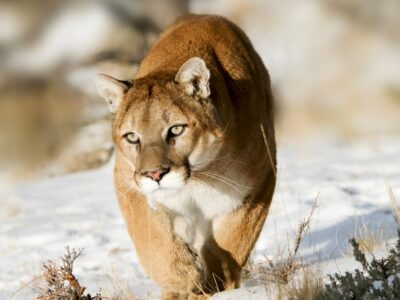
Mountain Lion
Has no real natural predators!
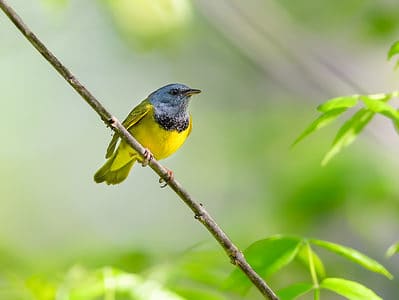
Mourning Warbler
The Mourning Warbler was named for its gray head, which resembles a mourning veil!
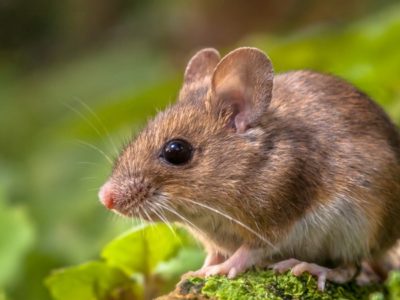
Mouse
Found on every continent on Earth!
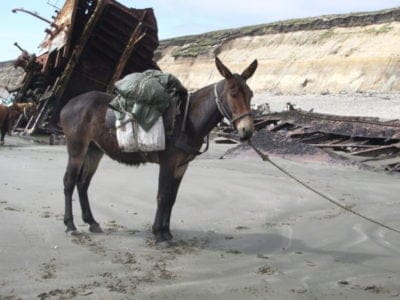
Mule
The offspring of a horse and donkey parents!

Nematode
Nematodes range in size from 1/10 of an inch to 28 feet long
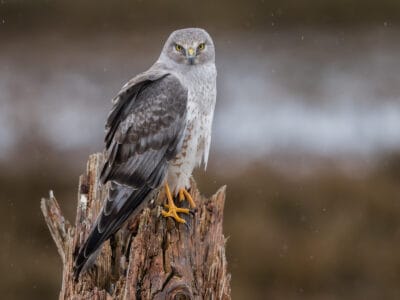
Northern Harrier
They can reach speeds of 25 Mph but prefer to soar low and slow.
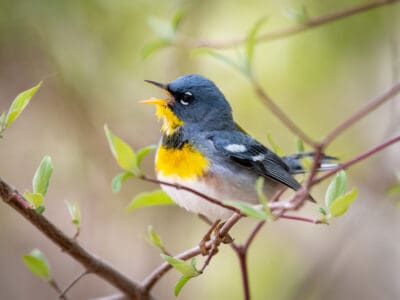
Northern Parula
They live in coffee and citrus plantations during the winter
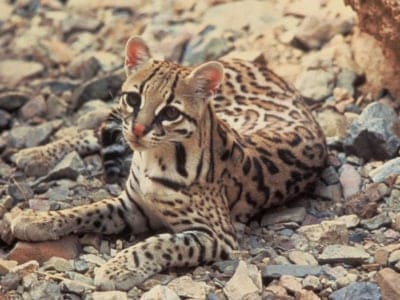
Ocelot
Also known as the Painted Leopard!
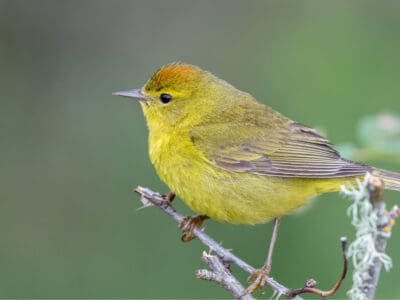
Orange-Crowned Warbler
Often mistaken for the Tennessee Warblers, which are equally dull.

Orb Weaver
Females are about four times the size of males
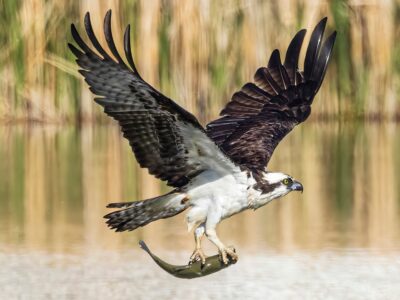
Osprey
They reuse nesting sites for 70 years!
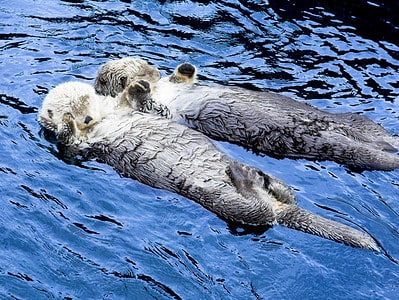
Otter
There are 13 different species worldwide

Owl
The owl can rotate its head some 270 degrees
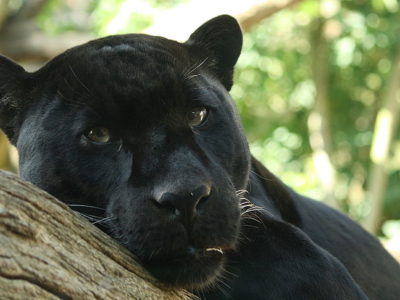
Panther
Prefers to hunt at night than during the day!
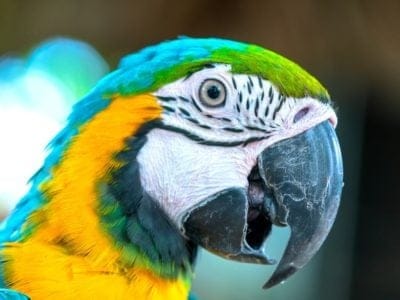
Parrot
Can live for up to 100 years!
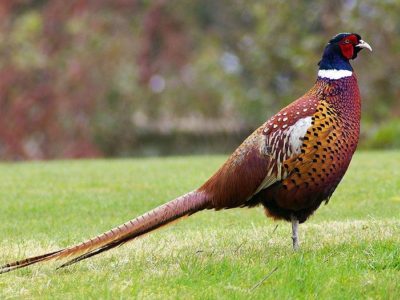
Pheasant
Females lay between 8 and 12 eggs per clutch!
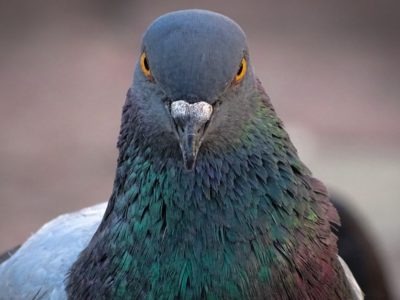
Pigeon
They can find their way back to their nests from up to 1300 miles away.
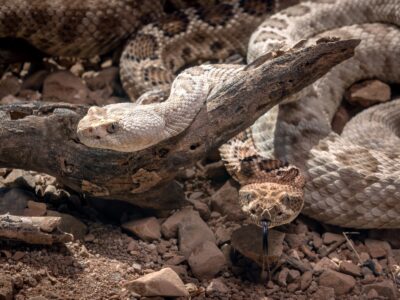
Pit Viper
Pit vipers's fangs fold up into their mouths when they don't need them.
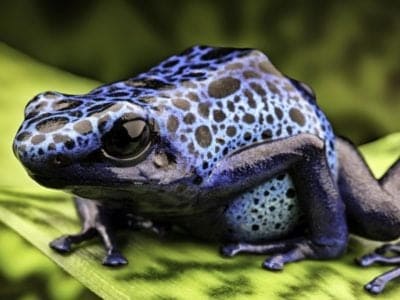
Poison Dart Frog
Inhabits the jungles of Central and South America!
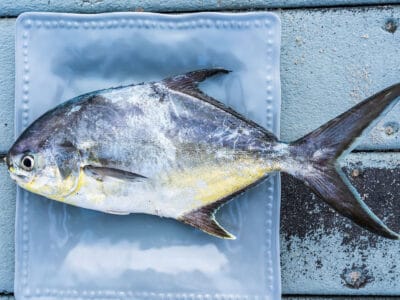
Pompano Fish
They are bottom-feeders
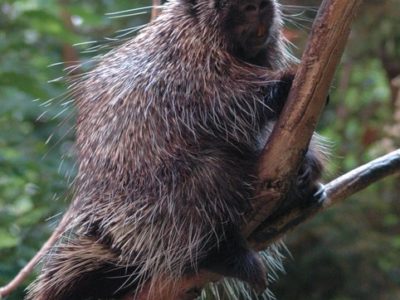
Porcupine
There are 30 different species worldwide!
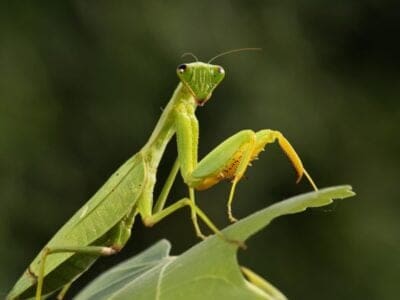
Praying Mantis
The mantis can turn its head 180 degrees.
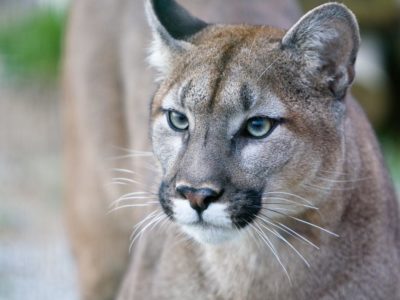
Puma
Has longer back legs than front legs!
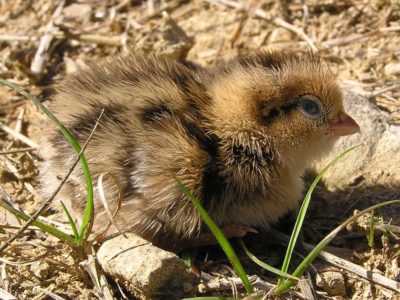
Quail
Inhabits woodland and forest areas worldwide!
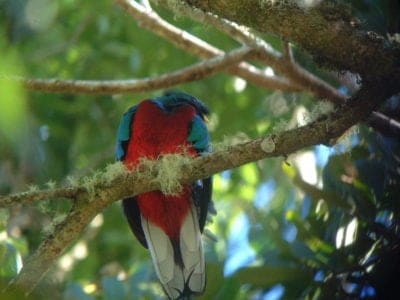
Quetzal
The tail feathers of the male can be 1m long!
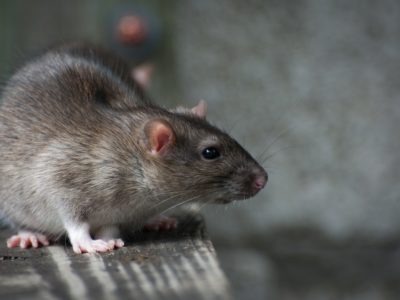
Rat
Omnivores that eat anything!
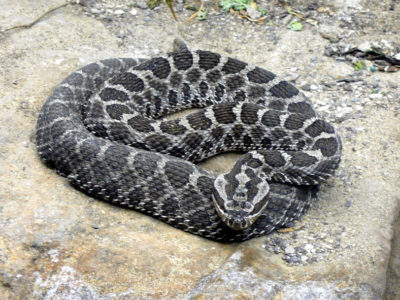
Rattlesnake
Rattlesnakes may have evolved their rattle to warn bison away from them.
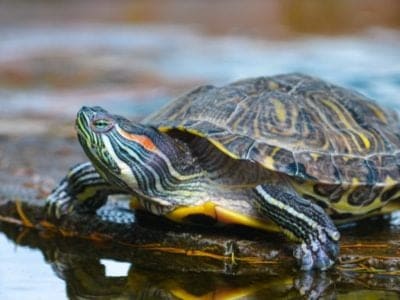
River Turtle
Inhabits freshwater habitats around the world!
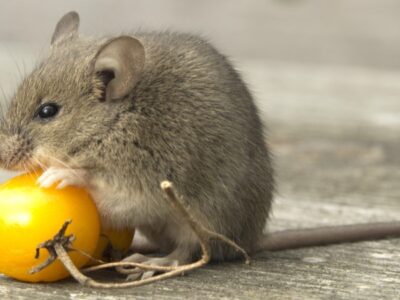
Rodents
The capybara, the world’s largest rodent, likes to be in and around bodies of water. Because of this, the Catholic Church in South America decided that it was a fish, and people were allowed to eat it during Lent and First Fridays.

Rooster
Will mate with the entire flock!
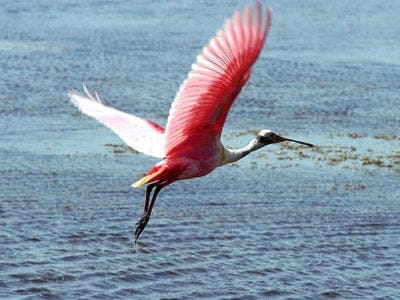
Roseate Spoonbill
The only Spoonbill in the western hemisphere!
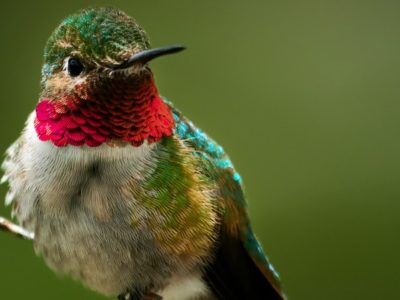
Ruby-Throated Hummingbird
Ruby-throated hummingbirds can beat their wings more than 50 times per second.
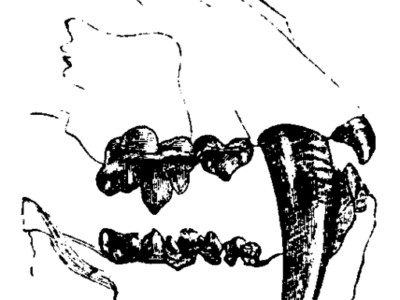
Saber-Toothed Tiger
Canines up to 7 inches long!
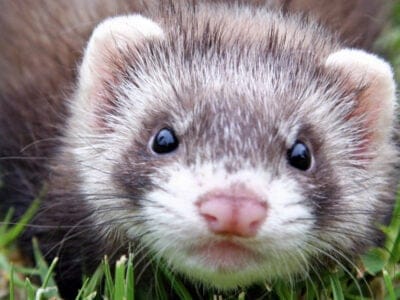
Sable Ferret
Ferrets were used during the Revolutionary War to keep down the rat population.
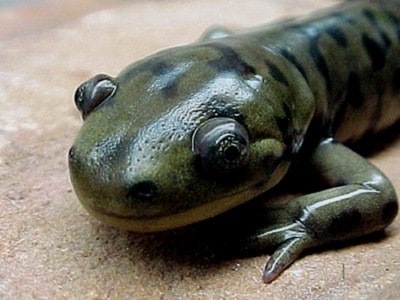
Salamander
There are more than 700 different species!
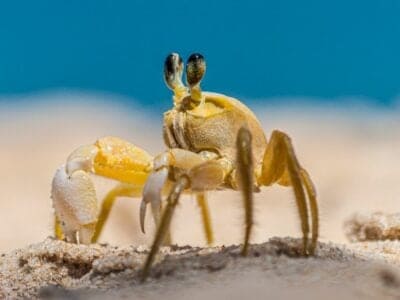
Sand Crab
The sand crab burrows beneath the sand with its tail
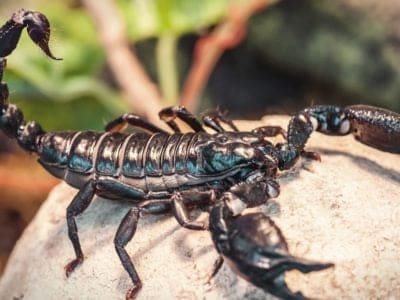
Scorpion
There are around 2,000 known species!
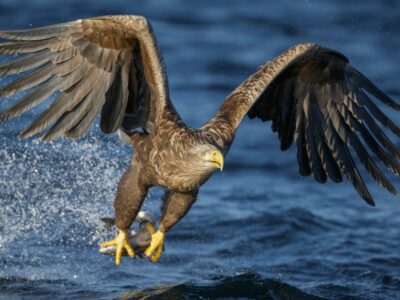
Sea Eagle
The sea eagle tends to mate for life with a single partner
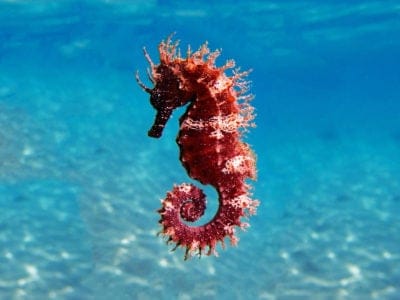
Seahorse
Males give birth to up to 1,000 offspring!
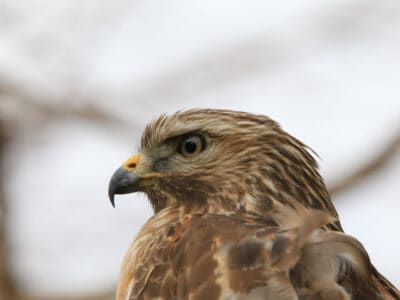
Sharp-Shinned Hawk
In captivity, sharp-shinned hawks can live up to 13 years. However, in the wild, this number is significantly reduced to 3 years!
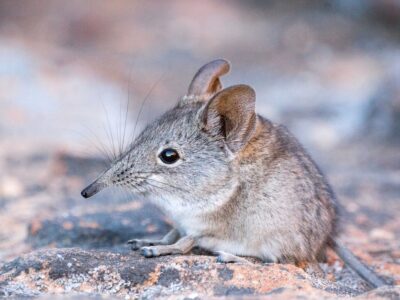
Shrew
The spinal column of the shrew Scutisorex somereni is so strong and reinforced that it can support the weight of an adult human.

Shrimp
There are 2,000 different species worldwide!
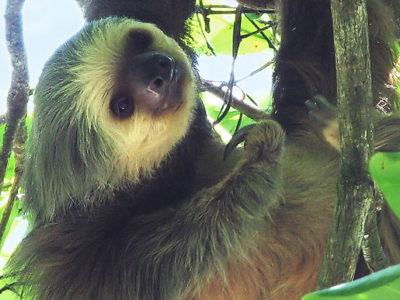
Sloth
It's body temperature is between 30 - 34 degrees!
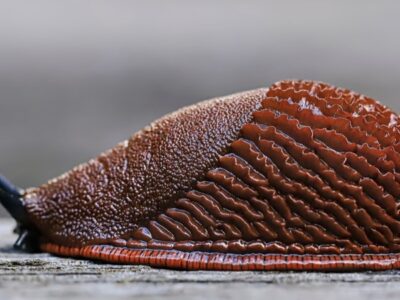
Slug
They glide around on one foot, which is aided by the slime they produce

Smokybrown Cockroach
Has up to 45 eggs per egg case

Snail
There are nearly 1,000 different species!
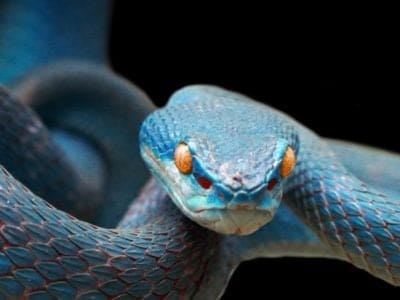
Snake
There are around 4,000 known species worldwide
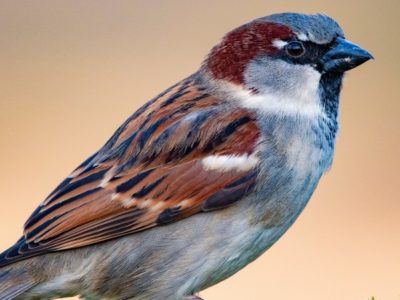
Sparrow
There are 140 different species!
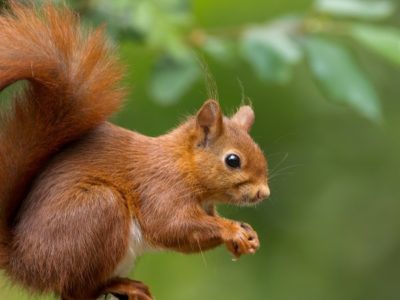
Squirrel
Small rodents found in woodlands worldwide!
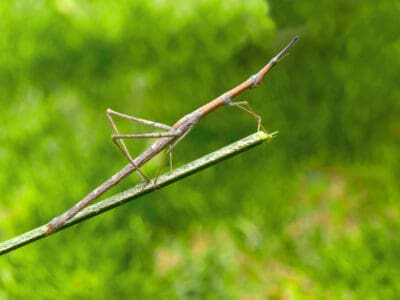
Stick Insect
There are more than 3,000 different species!
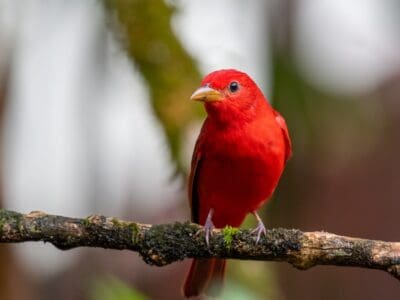
Summer Tanager
They remove bee stingers by rubbing them against a tree
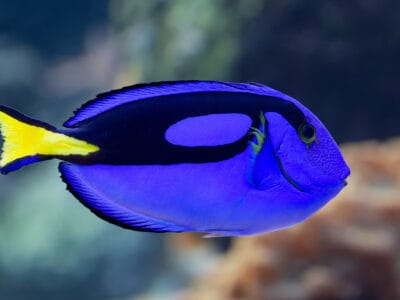
Surgeonfish
Paracanthurus hepatus, the palette surgeonfish or bluetang, is the only member of its genus
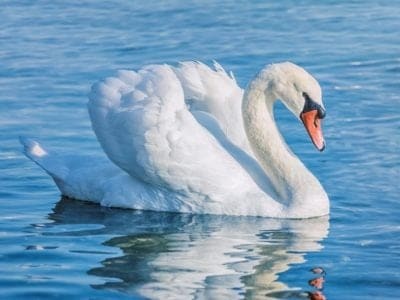
Swan
Populations have been affected by pollution!
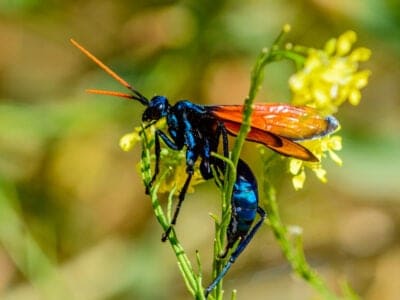
Tarantula Hawk
Tarantula hawks are excellent pollinators, especially for milkweed.
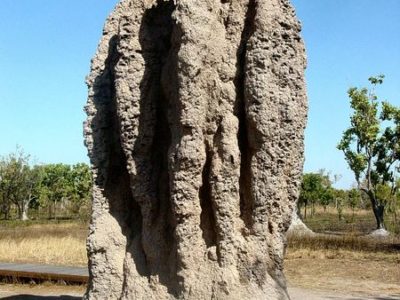
Termite
Their mounds can be up to 9 meters tall!
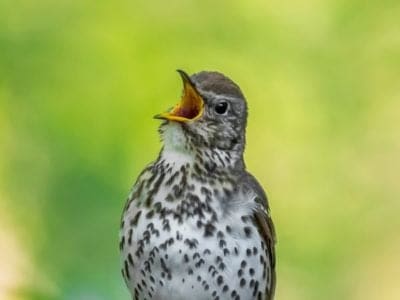
Thrush
The American robin is called the robin because its red breast reminded European settlers of the robin back in the old country.
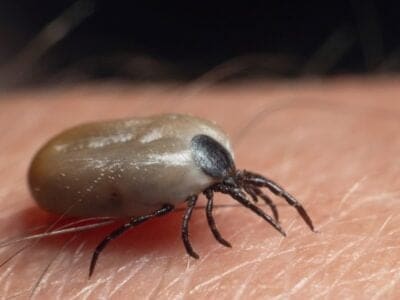
Tick
They inject hosts with a chemical that stops them from feeling the pain of the bite
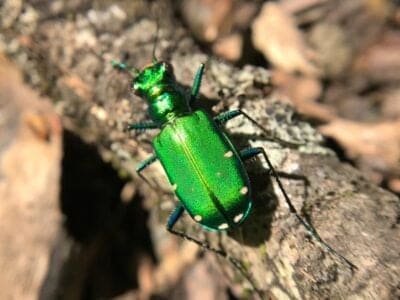
Tiger Beetle
The adult tiger beetle is one of the fastest land insects in the world
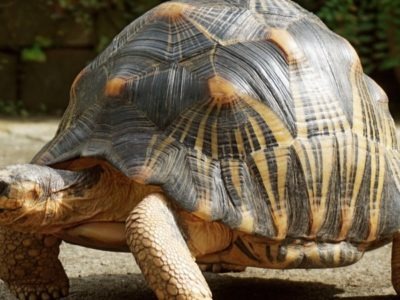
Tortoise
Can live until they are more than 150 years old!
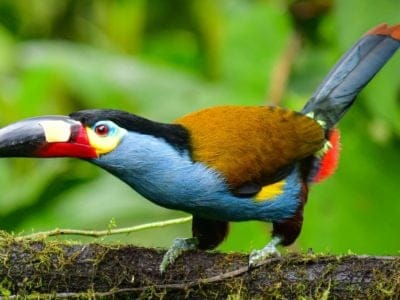
Toucan
There are more than 40 different species!
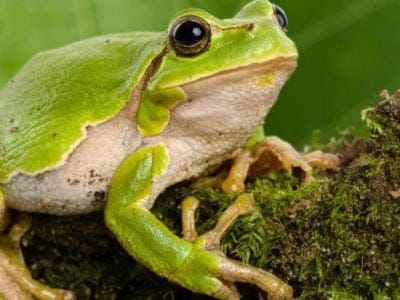
Tree Frog
Found in warmer jungles and forests!
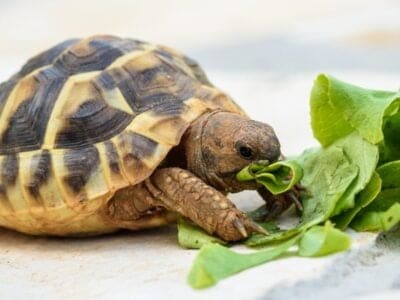
Turtles
Some species of aquatic turtles can get up to 70 percent of their oxygen through their butt.
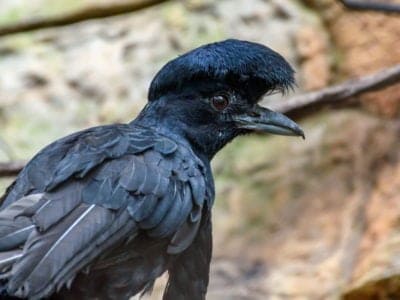
Umbrellabird
Migrates up and down the mountains!
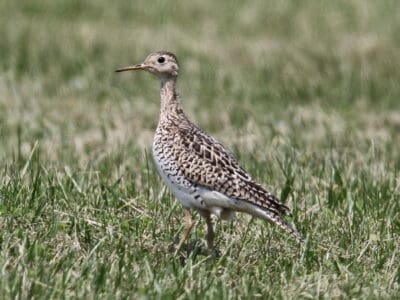
Upland Sandpiper
They make jerky movements as they walk through the grass, searching for food.
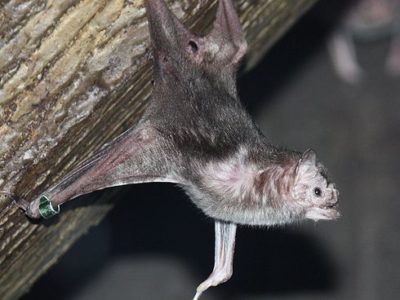
Vampire Bat
Have a heat sensor on the end of their nose!
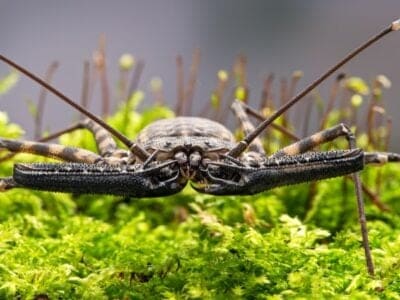
Vinegaroon
Vinegaroons can spray 19 times before the glands are depleted
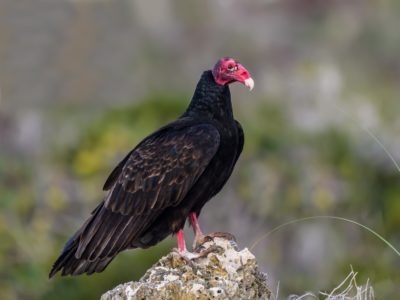
Vulture
There are 30 different species worldwide!
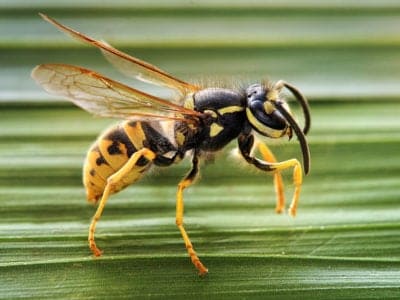
Wasp
There are around 75,000 recognised species!
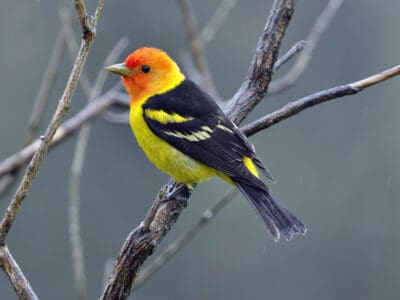
Western Tanager
They migrate farther north than any other tanager.
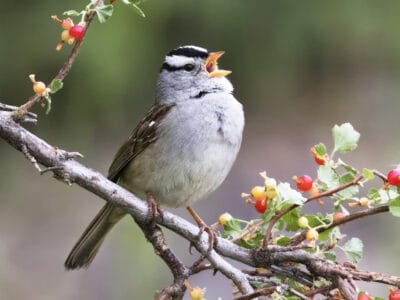
White-Crowned Sparrow
Males learn distinct songs from the community they grew up in and continue to sing in the same dialect as adults.
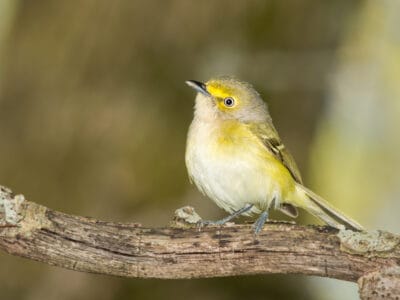
White-Eyed Vireo
During courtship, males put on exciting displays by fluffing their plumage, spreading their tails, and letting out a whining call.
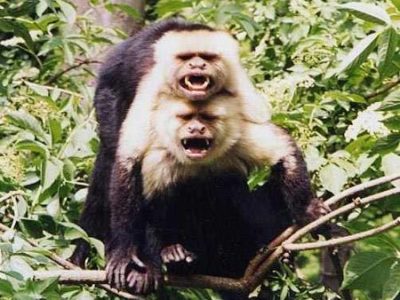
White-Faced Capuchin
One of the world's most intelligent monkeys!
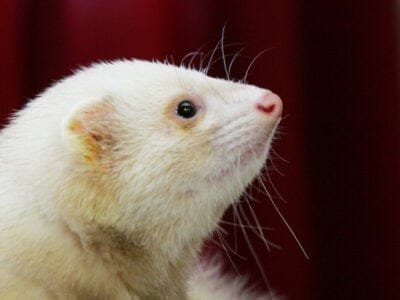
White Ferret / Albino Ferrets
There are two different types of white ferrets!
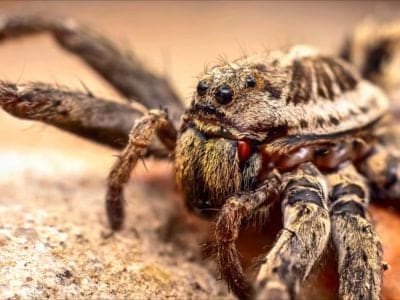
Wolf Spider
Carnivorous arachnid that hunts its prey.
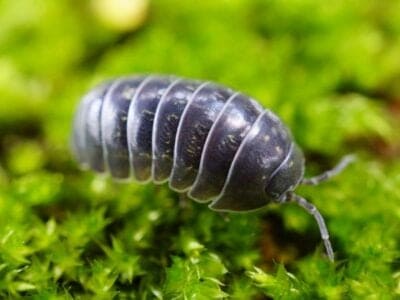
Woodlouse
This animal can roll up into a ball
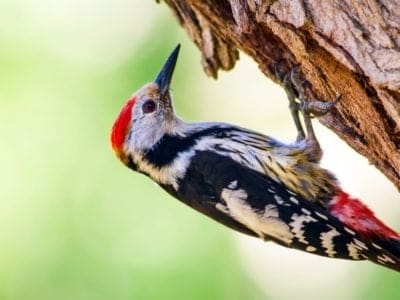
Woodpecker
There are 200 different species!
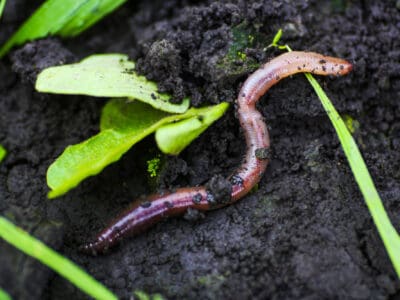
Worm
Doesn’t have eyes.
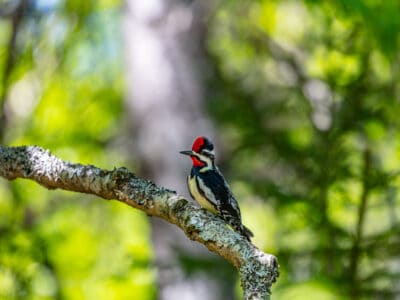
Yellow Bellied Sapsucker
The males are responsible for choosing the nesting tree most of the time. Luckily, cavity nests are often reused for multiple breeding seasons (up to 7 years.)
Bahamian Animals List
- Acadian Flycatcher
- Admiral Butterfly
- American Eel
- Anole Lizard
- Ant
- Armadillo
- Armyworm
- Barn Owl
- Barn Swallow
- Bat
- Bear
- Bed Bugs
- Bee
- Beetle
- Bird
- Biscuit Beetle
- Black and White Warbler
- Black Widow Spider
- Blacknose Shark
- Blue Tang
- Booby
- Brazilian Treehopper
- Brown Dog Tick
- Brown Headed Cowbird
- Burrowing Owl
- Butterfly
- Caecilian
- Camel Cricket
- Cat
- Caterpillar
- Catfish
- Cedar Waxwing
- Centipede
- Chestnut-Sided Warbler
- Chicken
- Cockroach
- Collared Peccary
- Common Furniture Beetle
- Common Grackle
- Common House Spider
- Common Yellowthroat
- Cormorant
- Cow
- Crab
- Crab Spider
- Cricket
- Crocodile
- Cuckoo
- Dog
- Dog Tick
- Donkey
- Dragonfly
- Dubia Cockroach
- Duck
- Dung Beetle
- Dusky Shark
- Dwarf Boa
- Earthworm
- Earwig
- Eastern Meadowlark
- Eel
- Firefly
- Flamingo
- Flea
- Fly
- Flying Squirrel
- Frog
- Fruit Fly
- Fulvous Whistling Duck
- Gar
- Gecko
- German Cockroach
- Glowworm
- Gnat
- Grasshopper
- Gray Catbird
- Guppy
- Hamster
- Harpy Eagle
- Harris’s Hawk
- Hawk Moth Caterpillar
- Hercules Beetle
- Herring Gull
- Hogfish
- Honey Bee
- Horse
- Horsefly
- Housefly
- Howler Monkey
- Human
- Hummingbird
- Huntsman Spider
- Ibis
- Iguana
- Insects
- Jacana
- Jack Crevalle
- Jumping Spider
- Kentucky Warbler
- Kingfisher
- Ladybug
- Leech
- Lizard
- Lone Star Tick
- Macaw
- MacGillivray’s Warbler
- Maggot
- Magnolia Warbler
- Marine Toad
- Mayfly
- Mealybug
- Millipede
- Mockingbird
- Mole Cricket
- Molly
- Mongrel
- Monkey
- Moorhen
- Moth
- Mountain Lion
- Mourning Warbler
- Mouse
- Mule
- Nematode
- Northern Harrier
- Northern Parula
- Ocelot
- Orange-Crowned Warbler
- Orb Weaver
- Osprey
- Otter
- Owl
- Ox
- Panther
- Parrot
- Pheasant
- Pigeon
- Pit Viper
- Poison Dart Frog
- Pompano Fish
- Porcupine
- Praying Mantis
- Puma
- Quail
- Quetzal
- Rat
- Rattlesnake
- River Turtle
- Rodents
- Rooster
- Roseate Spoonbill
- Ruby-Throated Hummingbird
- Saber-Toothed Tiger
- Sable Ferret
- Salamander
- Sand Crab
- Scorpion
- Sea Eagle
- Seahorse
- Sharp-Shinned Hawk
- Shrew
- Shrimp
- Sloth
- Slug
- Smokybrown Cockroach
- Snail
- Snake
- Sparrow
- Squirrel
- Stick Insect
- Summer Tanager
- Surgeonfish
- Swallowtail Butterfly
- Swan
- Tarantula Hawk
- Termite
- Thrush
- Tick
- Tiger Beetle
- Tortoise
- Toucan
- Tree Frog
- Turkey
- Turtles
- Umbrellabird
- Upland Sandpiper
- Vampire Bat
- Vinegaroon
- Vulture
- Wasp
- Western Tanager
- White-Crowned Sparrow
- White-Eyed Vireo
- White-Faced Capuchin
- White Ferret / Albino Ferrets
- Wolf Spider
- Woodlouse
- Woodpecker
- Worm
- Yellow Bellied Sapsucker
Animals in the Bahamas FAQs (Frequently Asked Questions)
What kind of animals live in the Bahamas?
Many different types of unique animals live in the Bahamas. Some of them are unique marine species that live around the 700 islands. People often come to this location to swim with dolphins and to see the iguanas. Since there are no venomous snakes, it is easier to see wildlife in the Bahamas.
What dangerous animals live in the Bahamas?
Very few dangerous animals live in the Bahamas. The most dangerous may be the mosquitoes as some carry diseases. Even if you do not get sick from their bite, they can leave your skin itchy. There may have been extinct wildlife that was dangerous, but those are no longer a threat.
Are there monkeys in the Bahamas?
There are no endemic Bahamian monkeys. Yet, you may see monkeys when you visit these islands. There are only four islands in the Caribbean where you can see monkeys. If you want to see them, then go to St. Kitts, Nevis, Saint Martain, or Barbados.
Are there alligators in the Bahamas?
No, Bahamians do not have any alligators that live on their islands. If you read historical fauna reports, then there may have been alligators who lived on Acklins, Eleuthera, Grand Bahama, Mayaguana, New Providence, and San Salvador at one time, but they are extinct now. Unfortunately, these species have since disappeared, and scientists know very little about them since they went extinct by the early 1800s.



